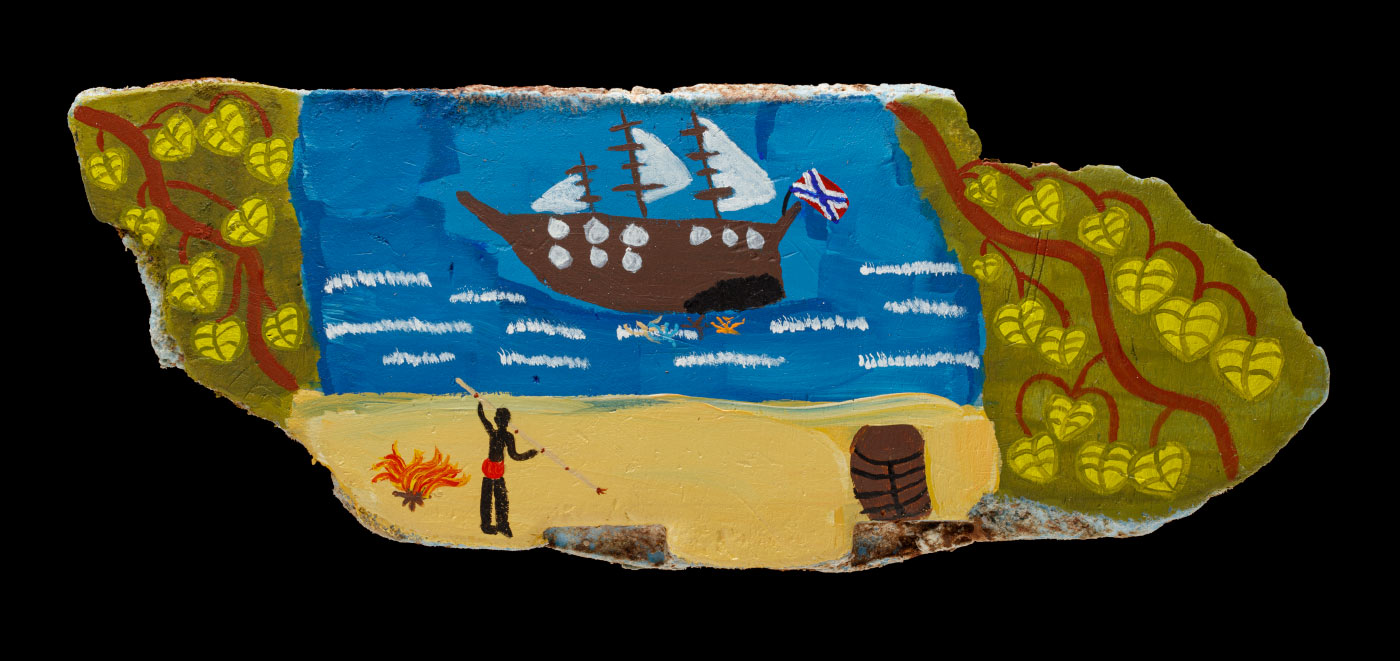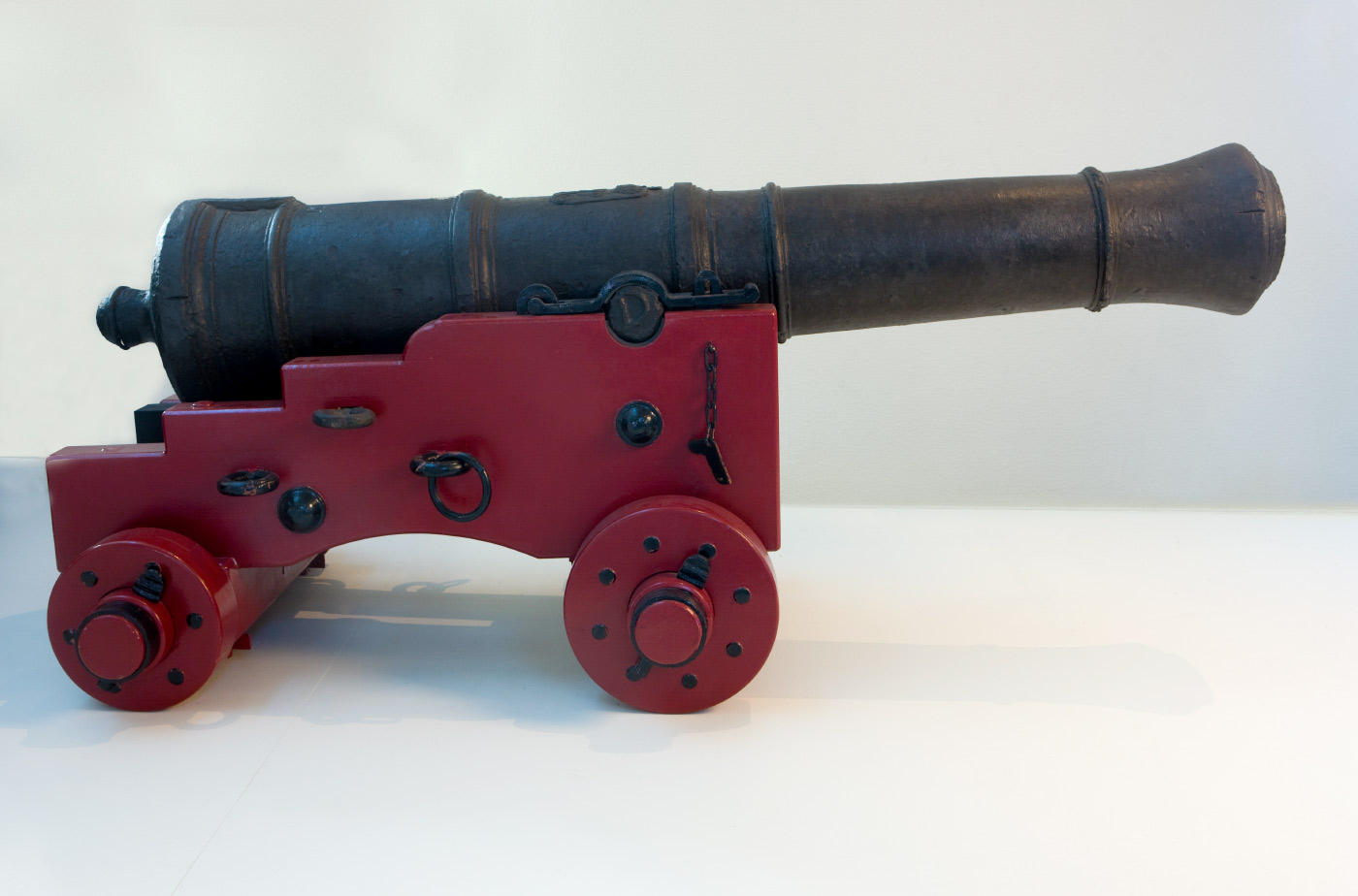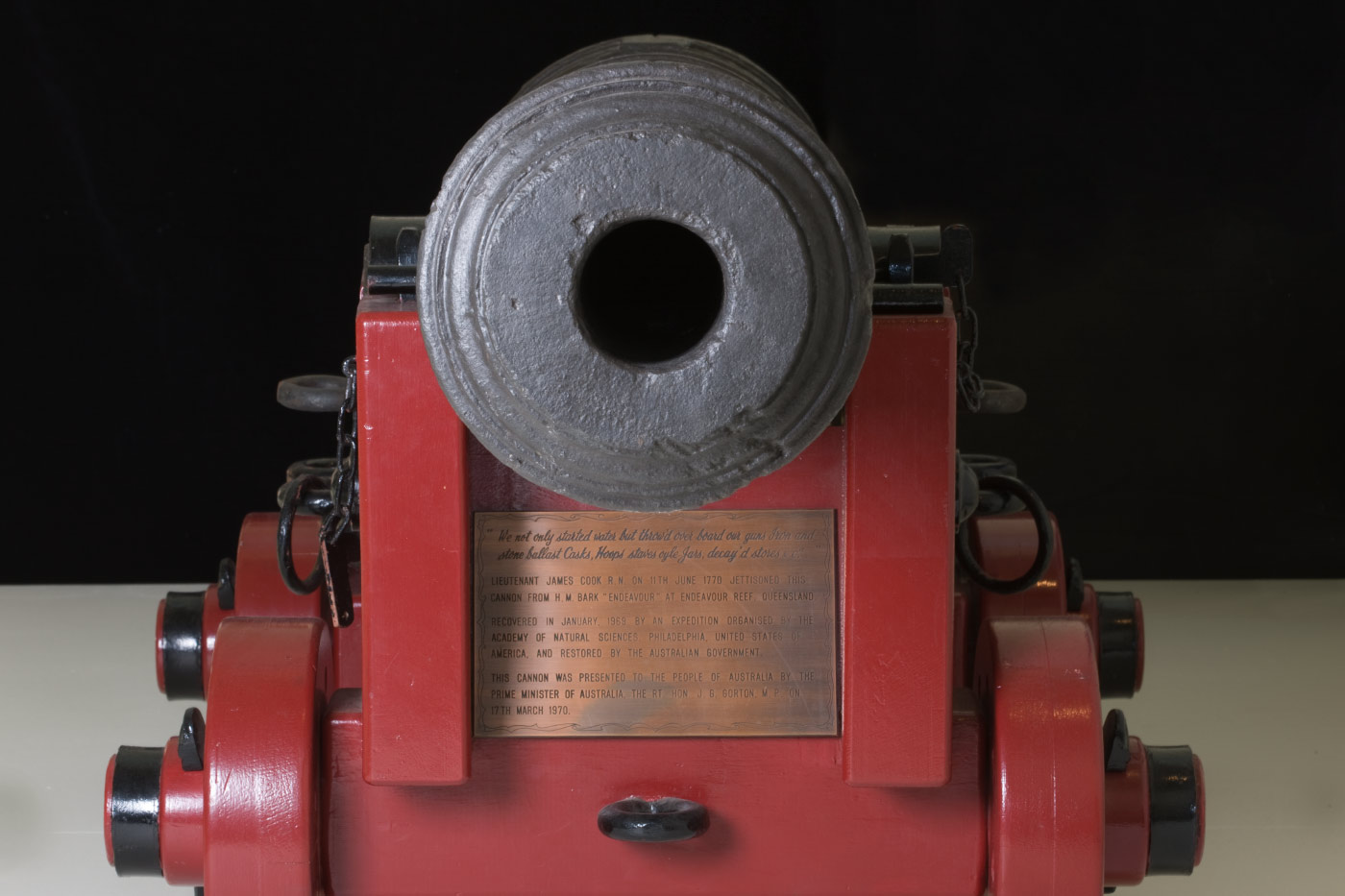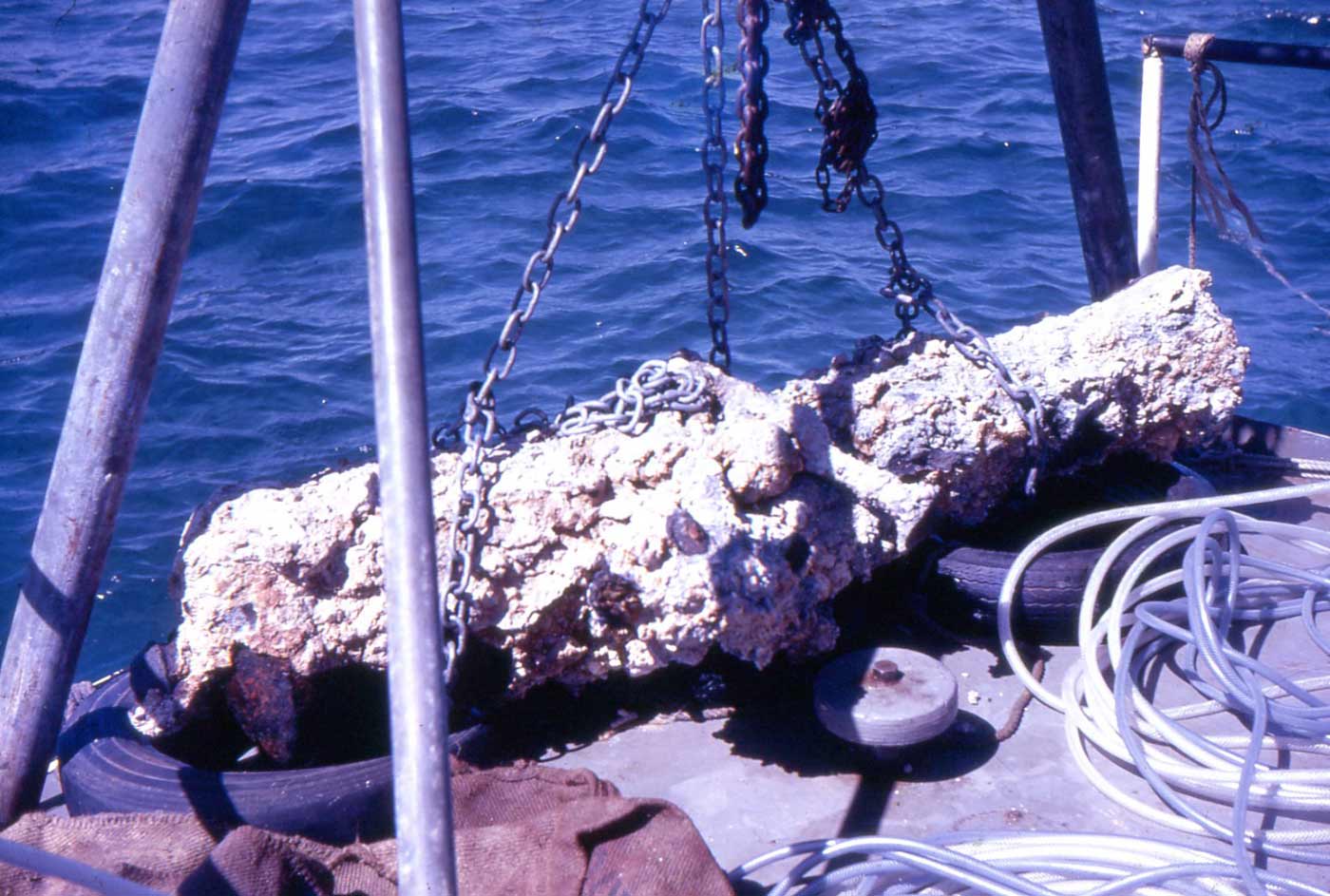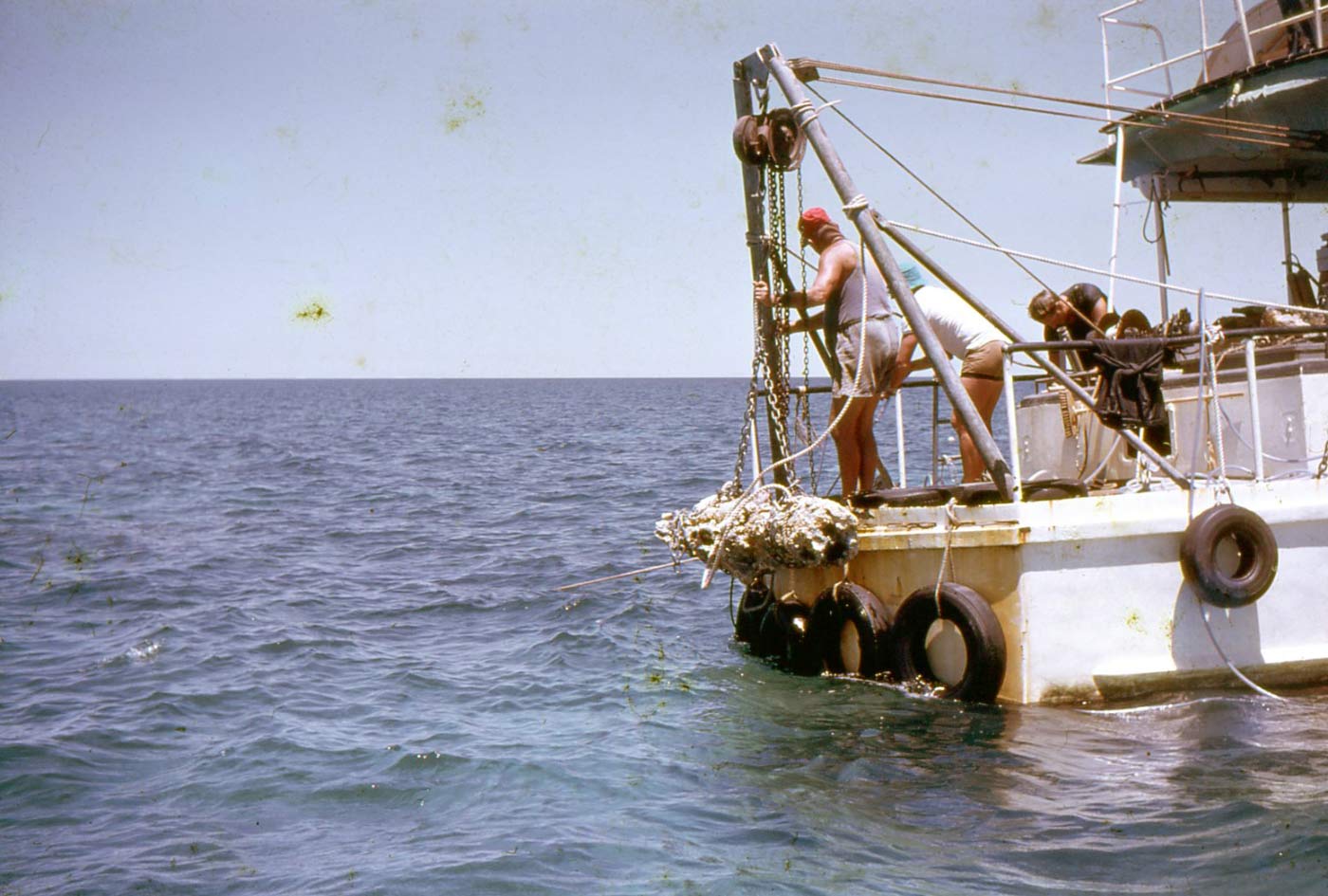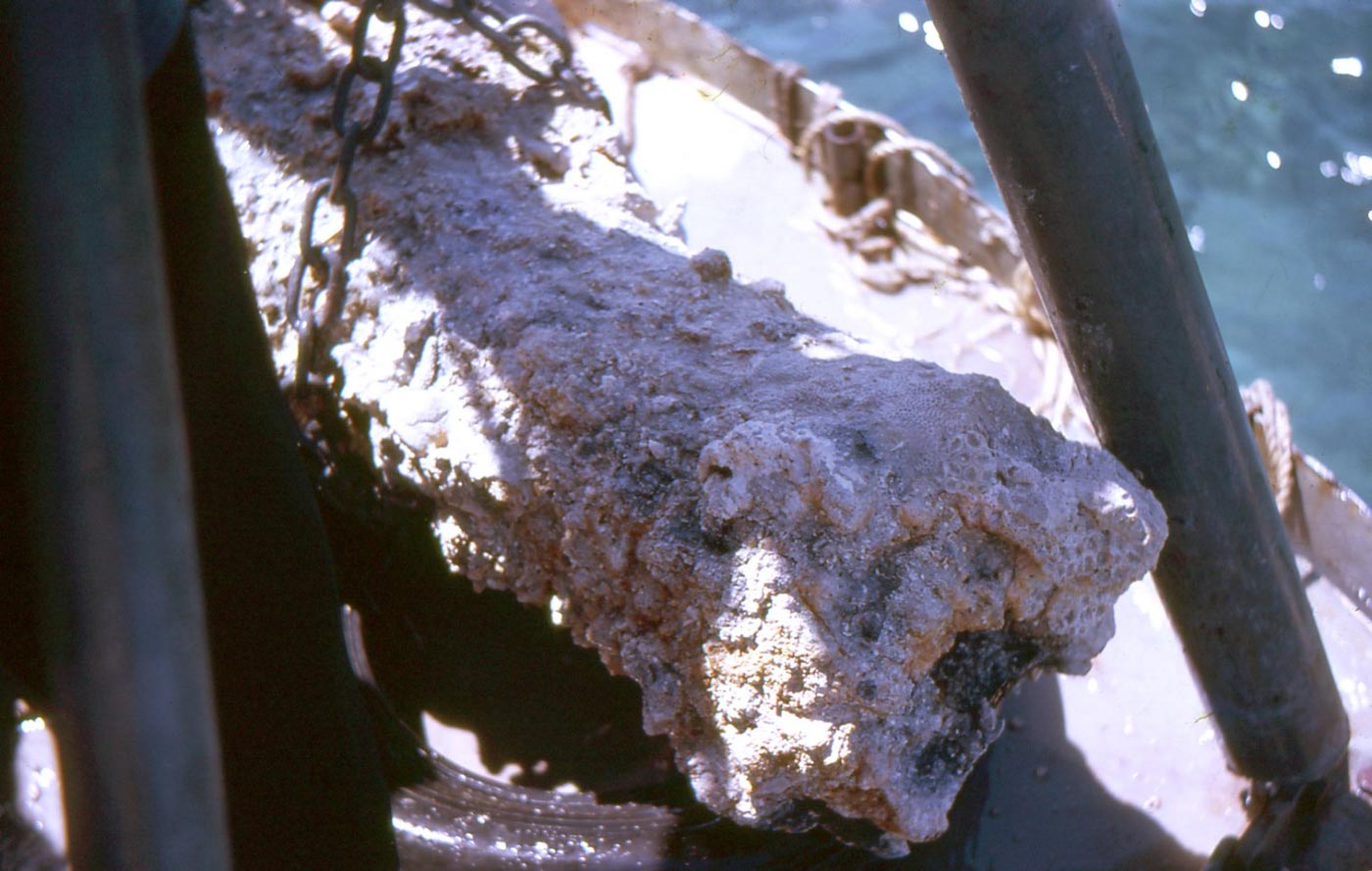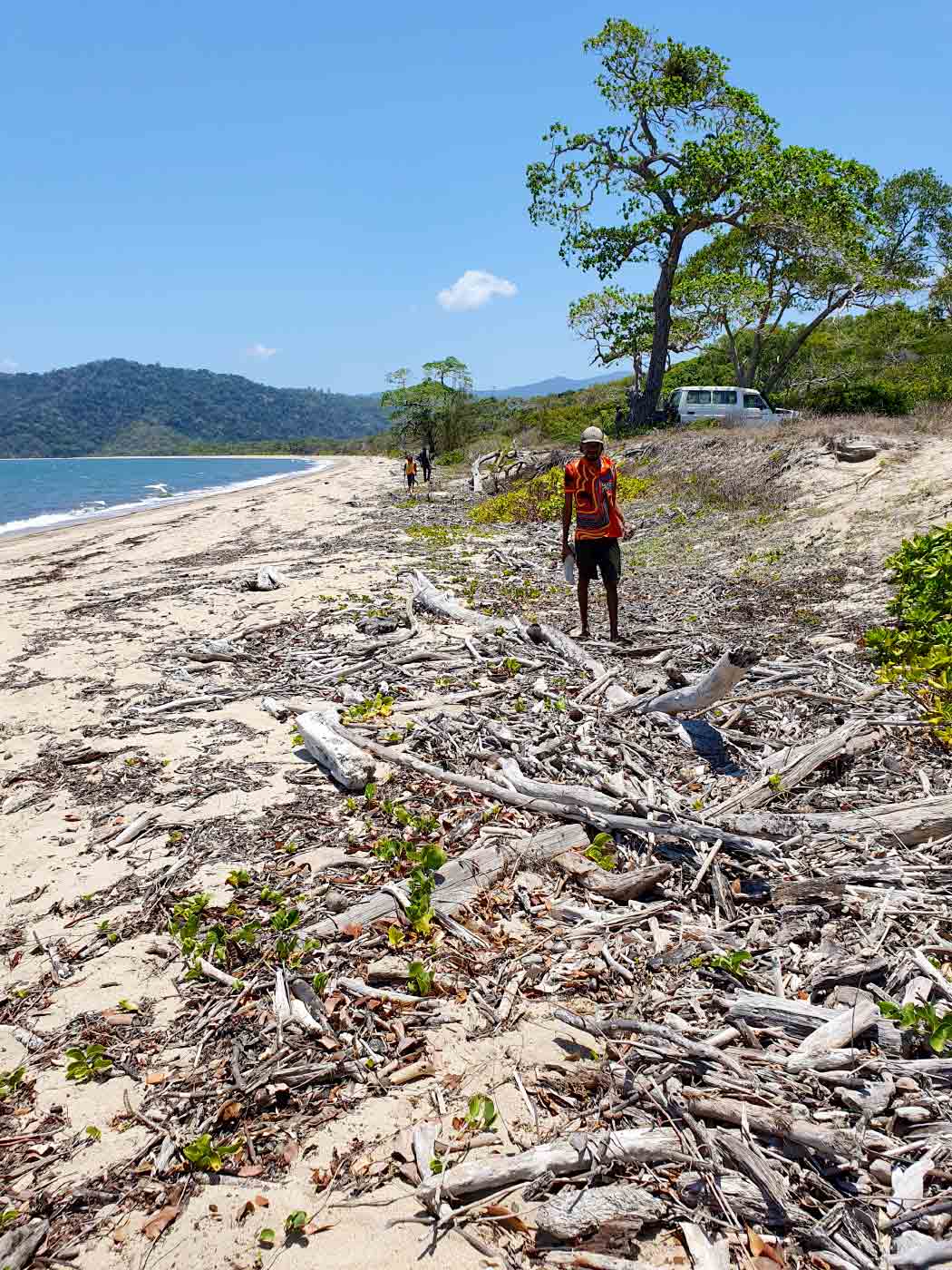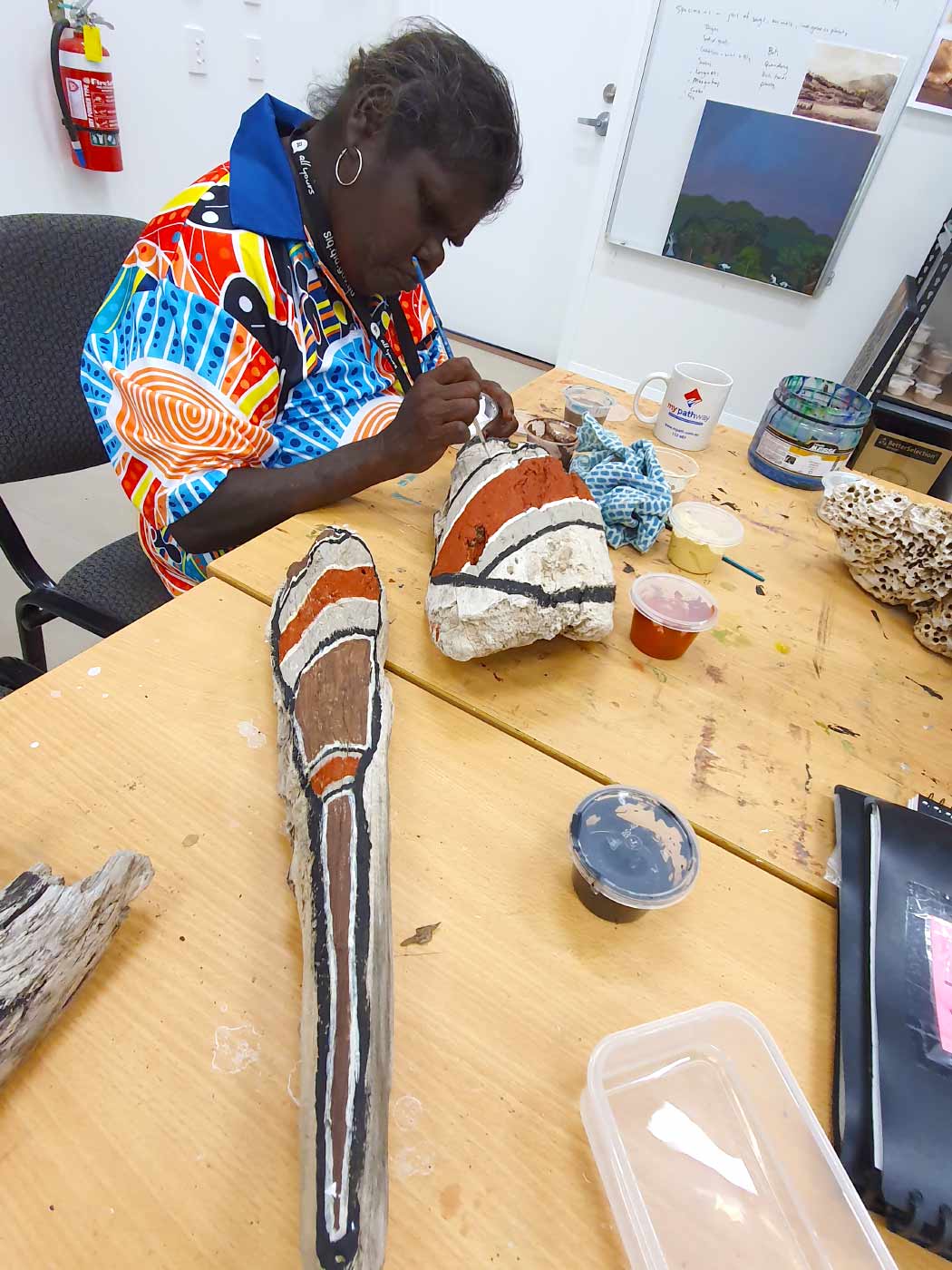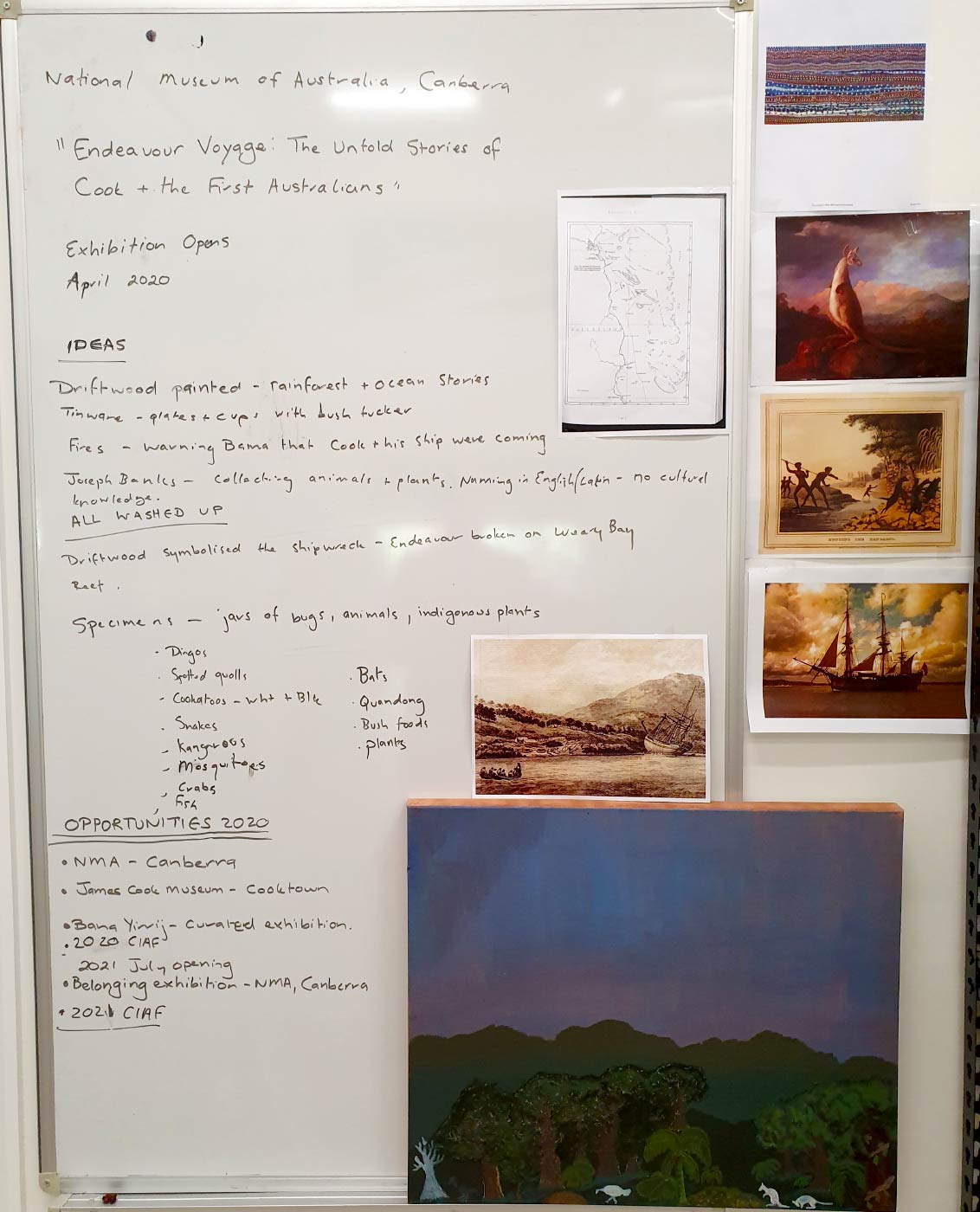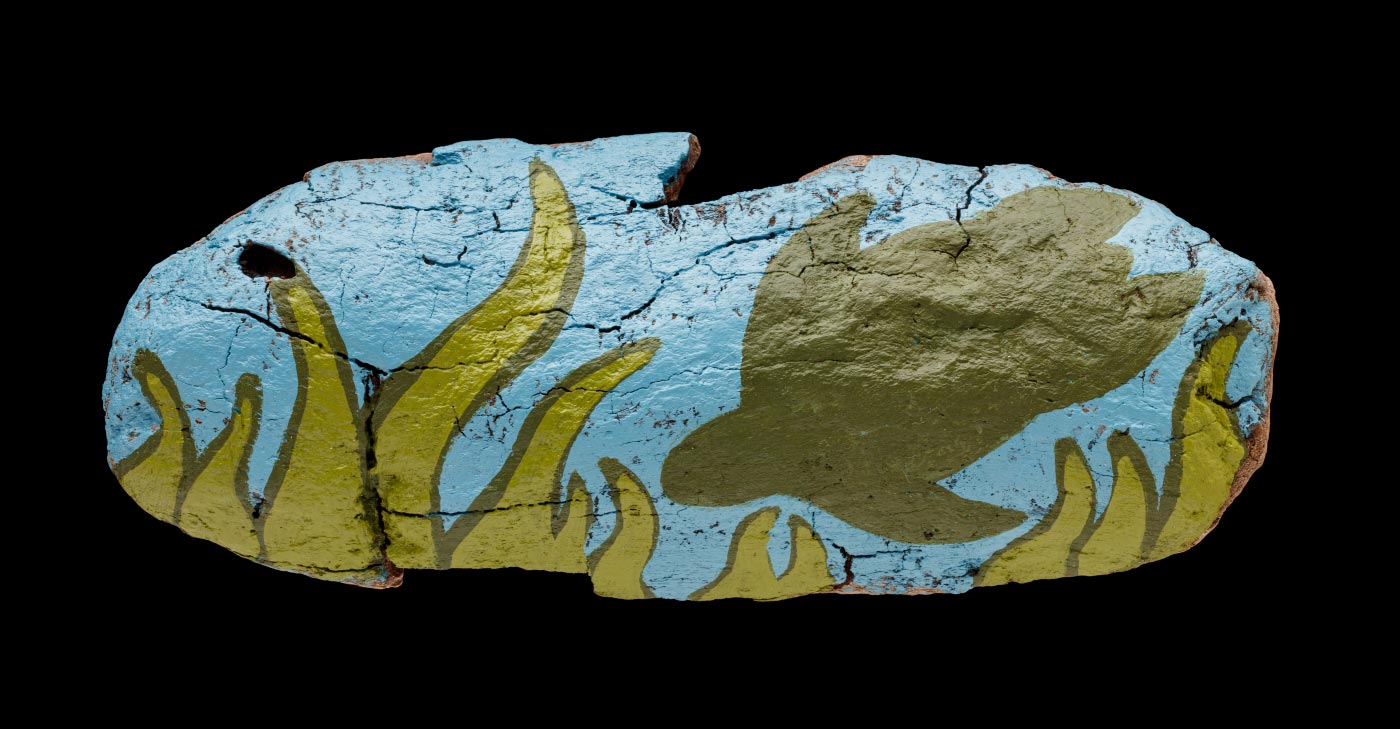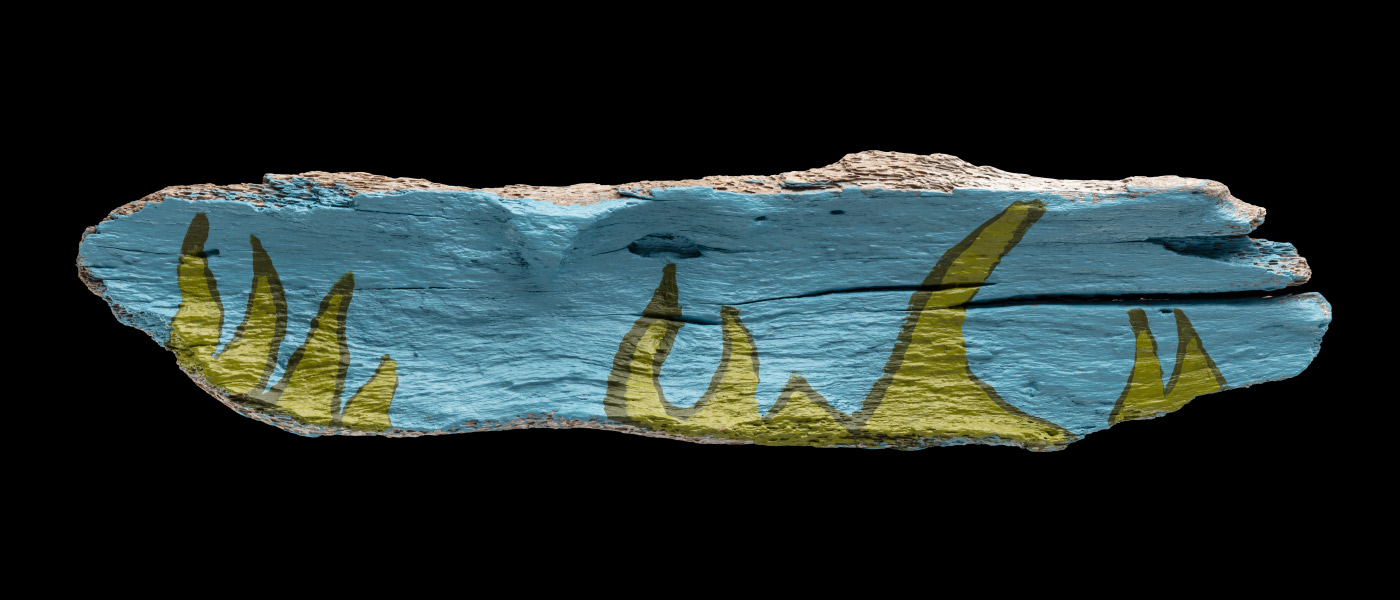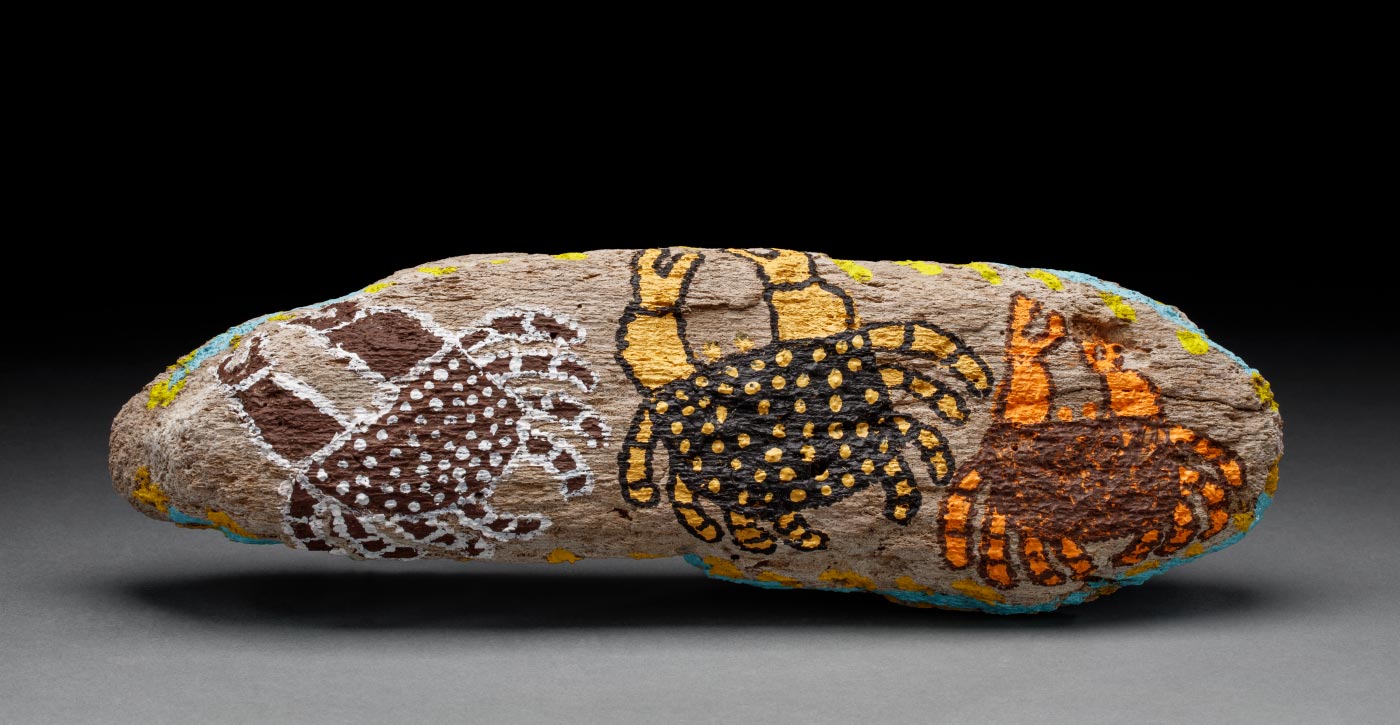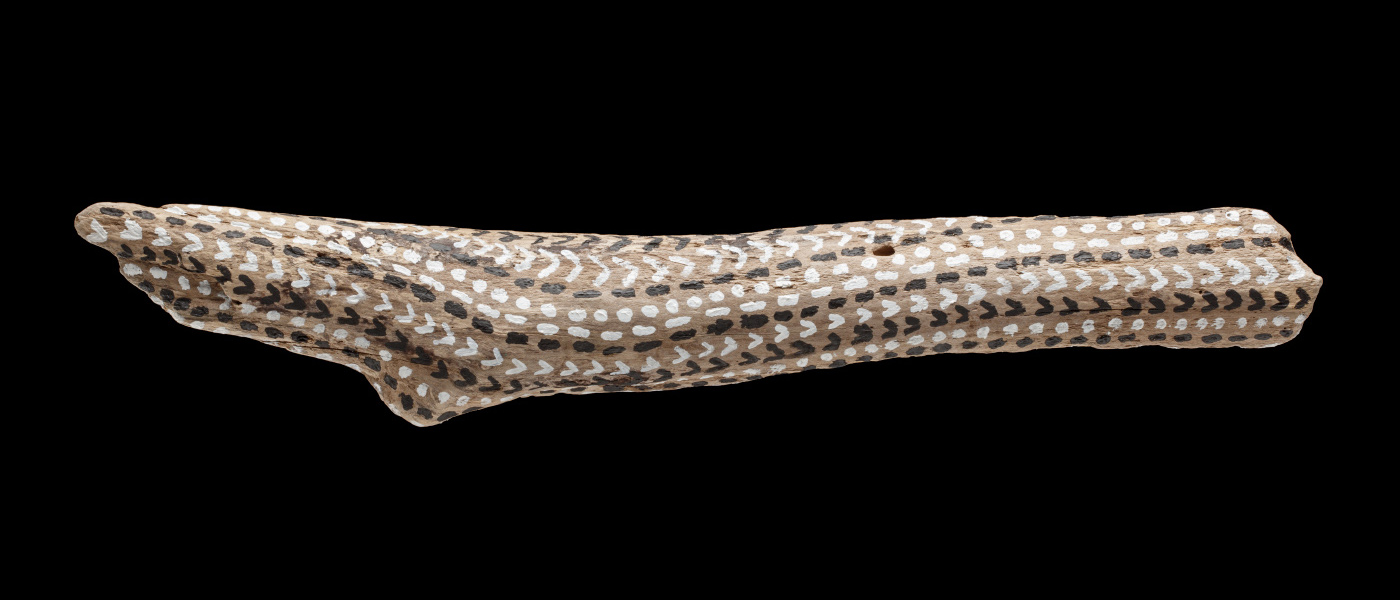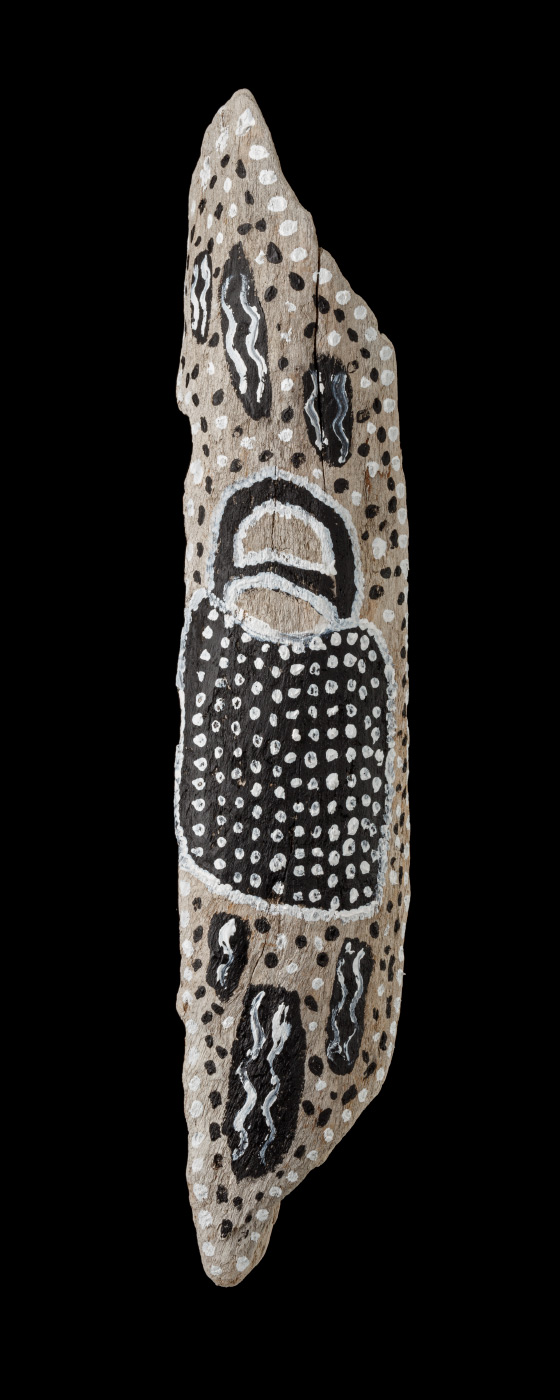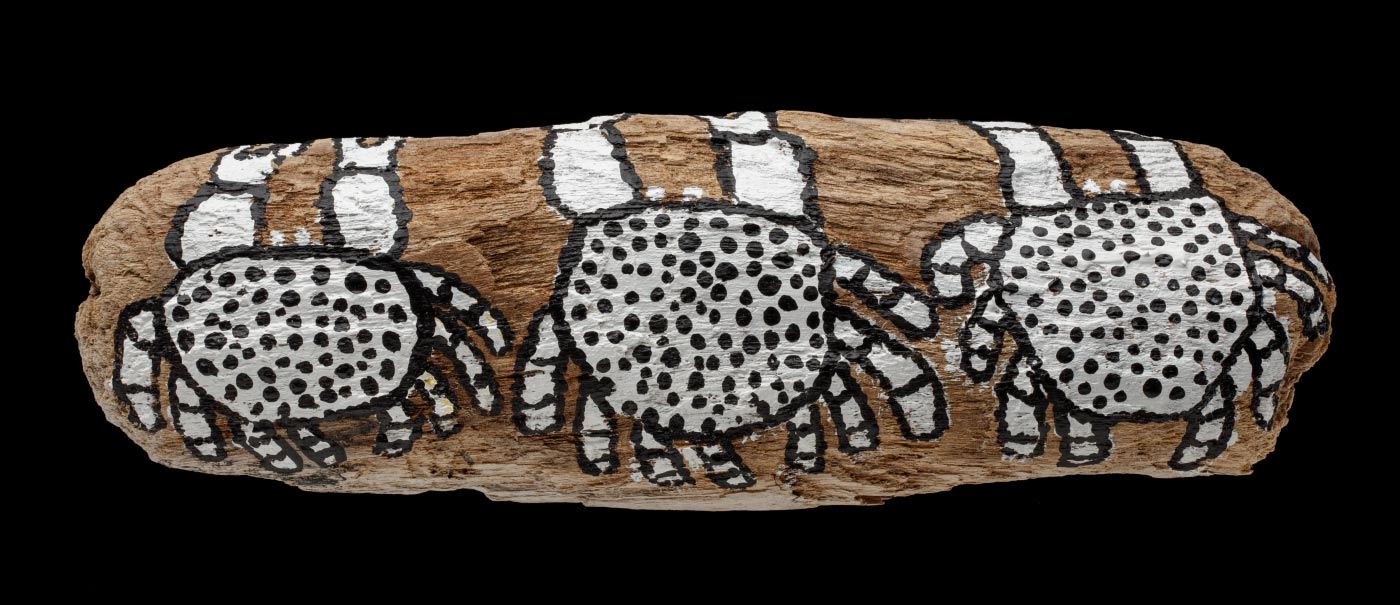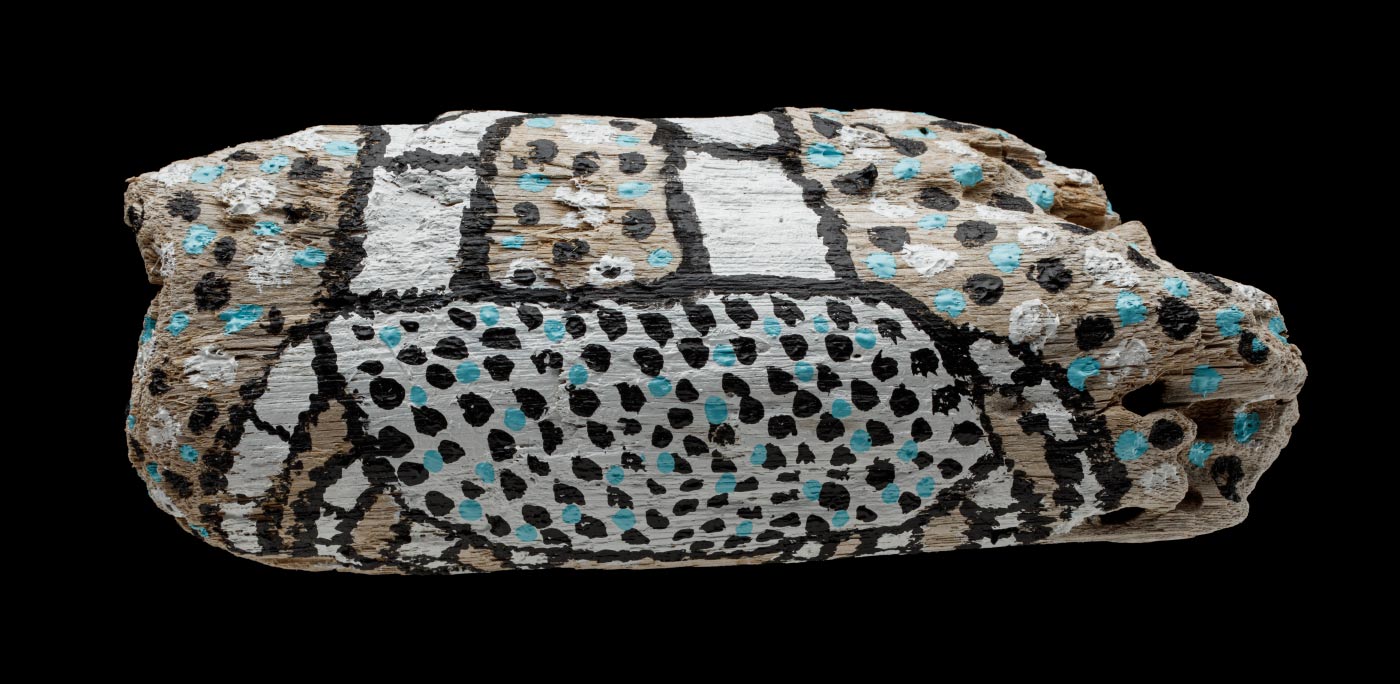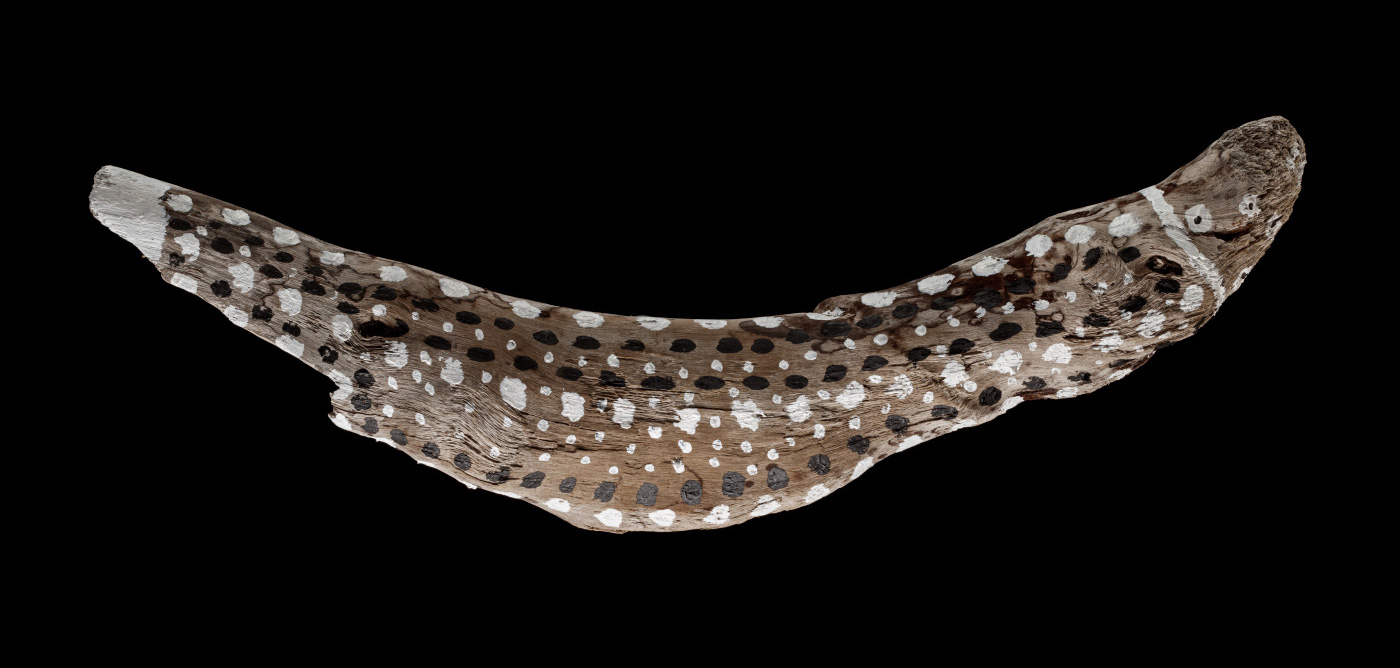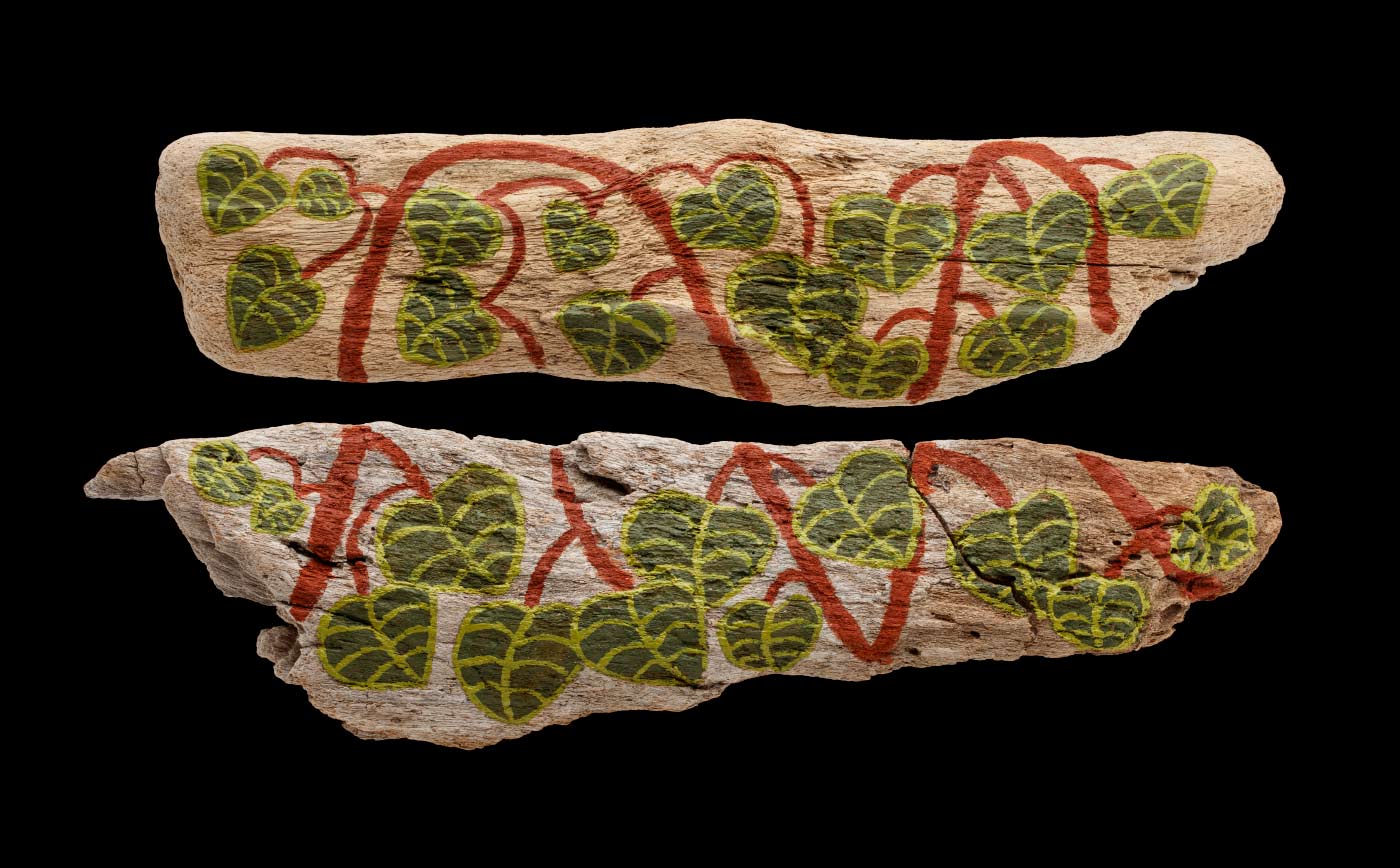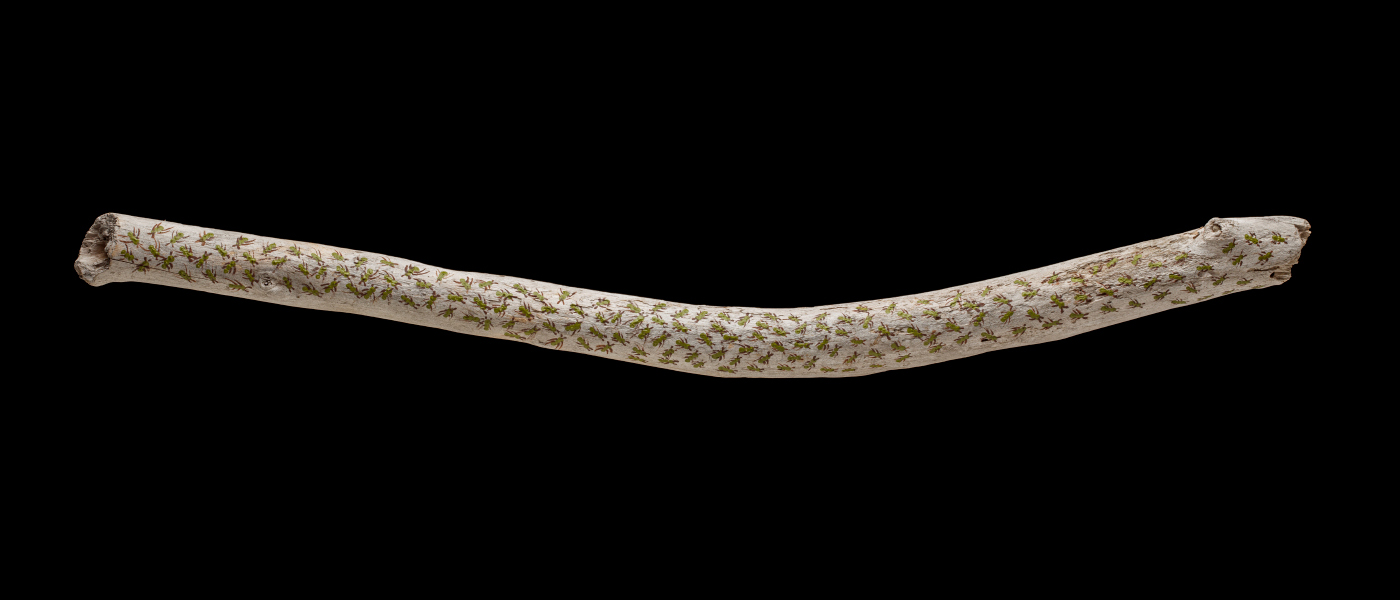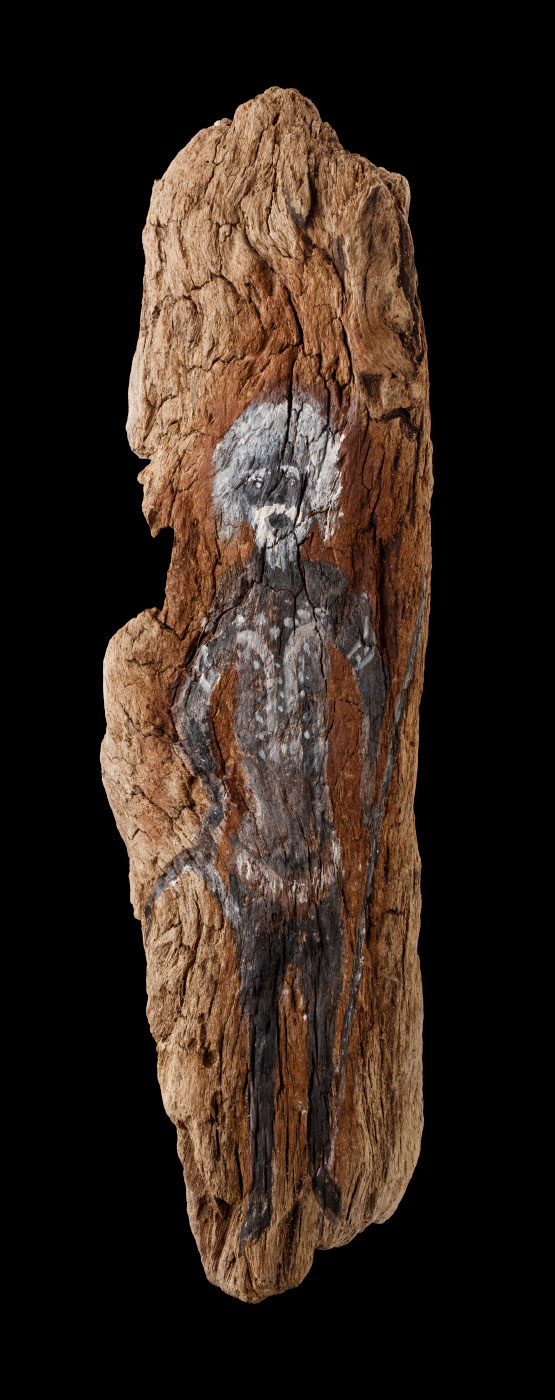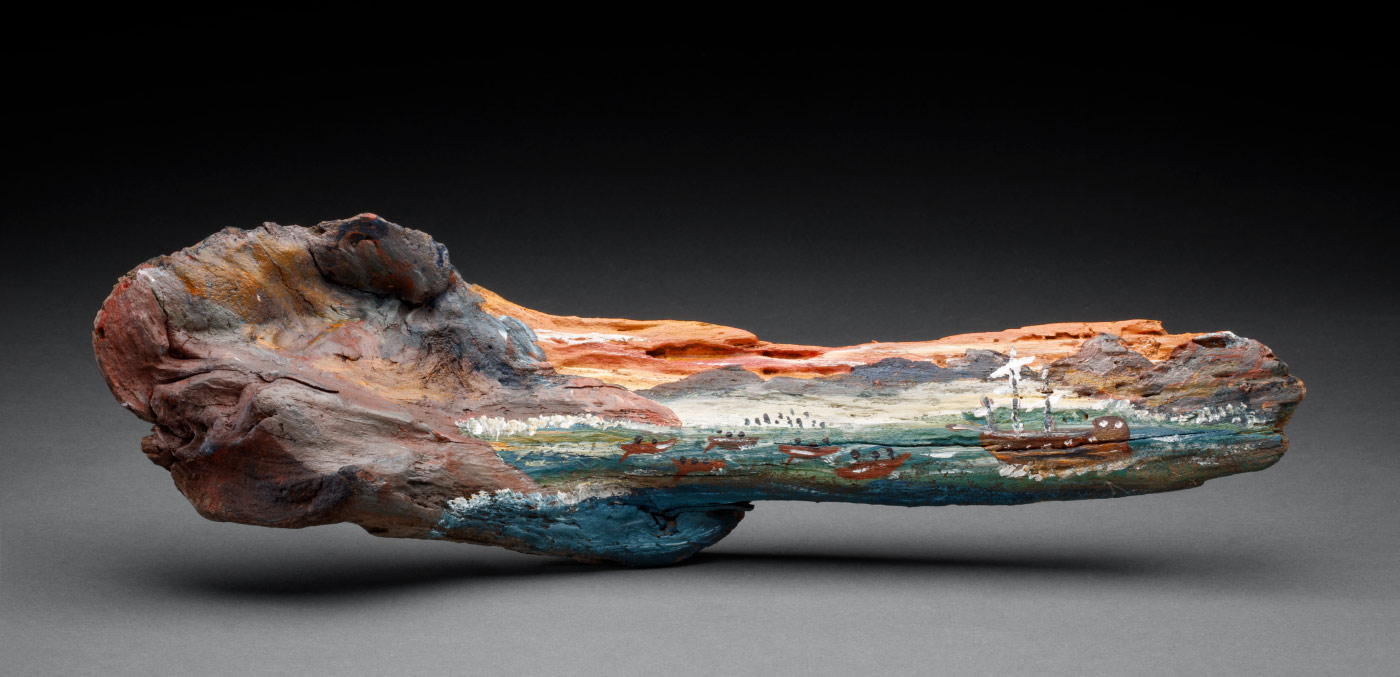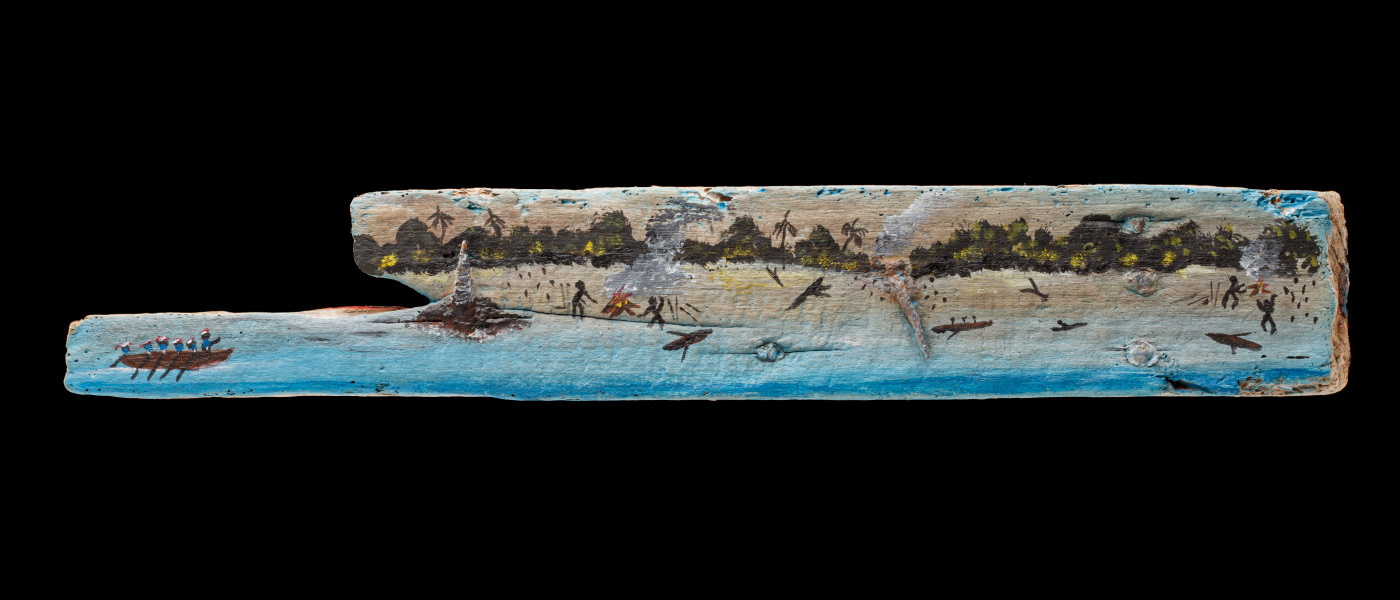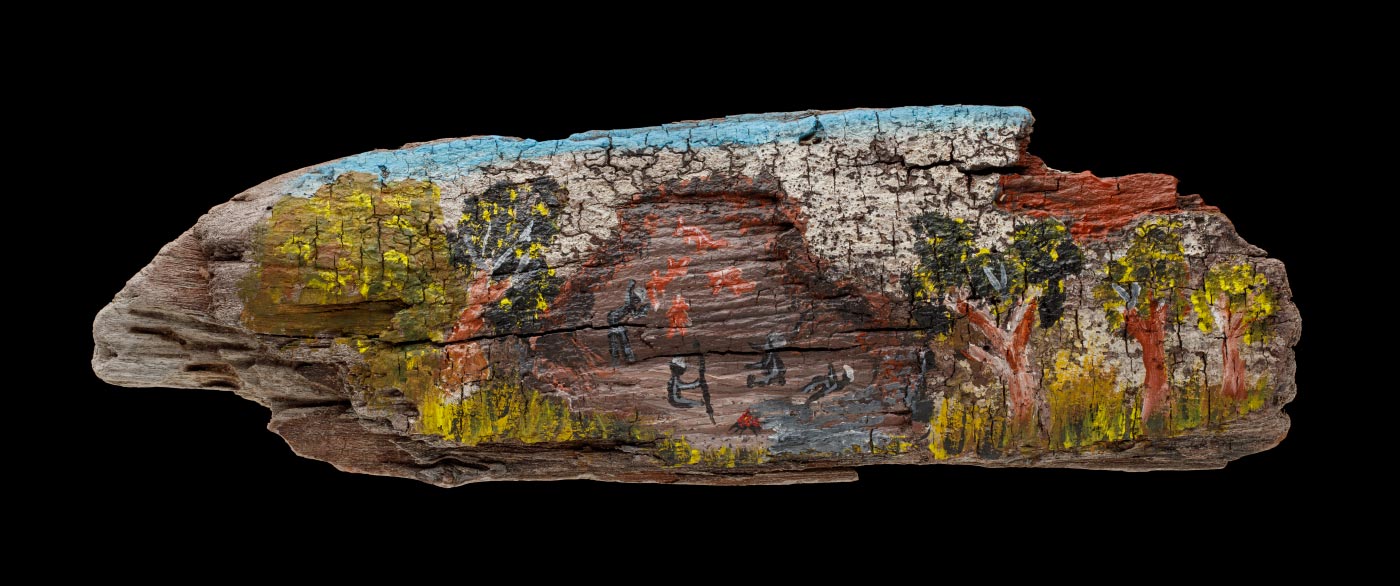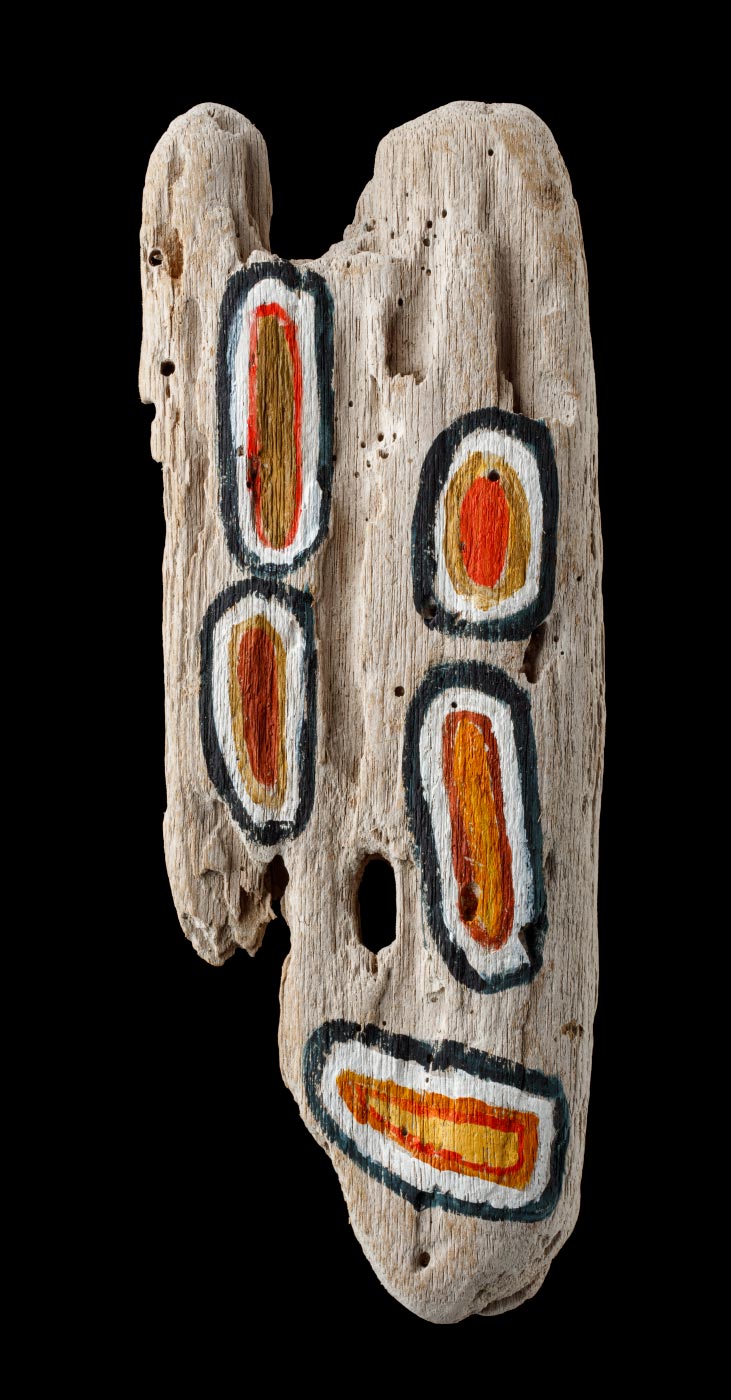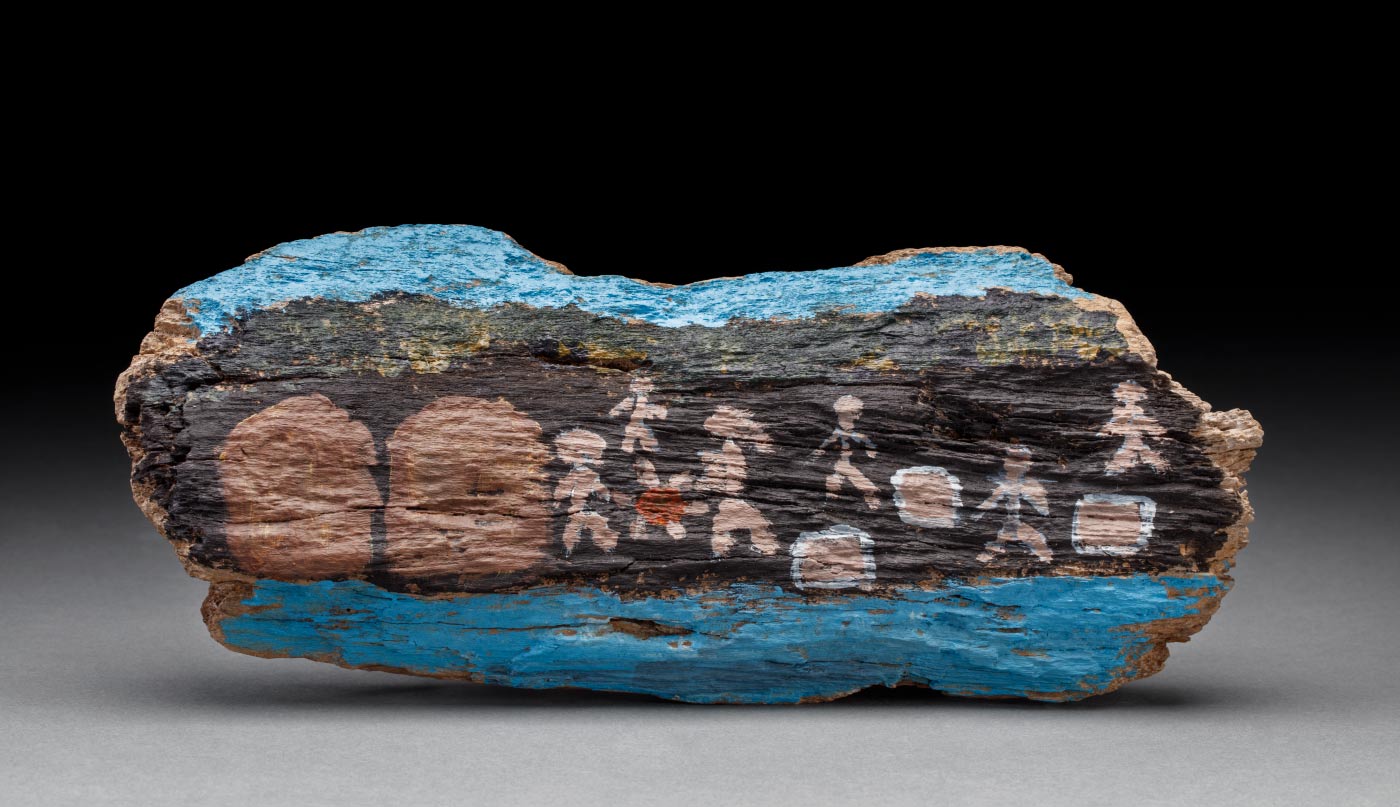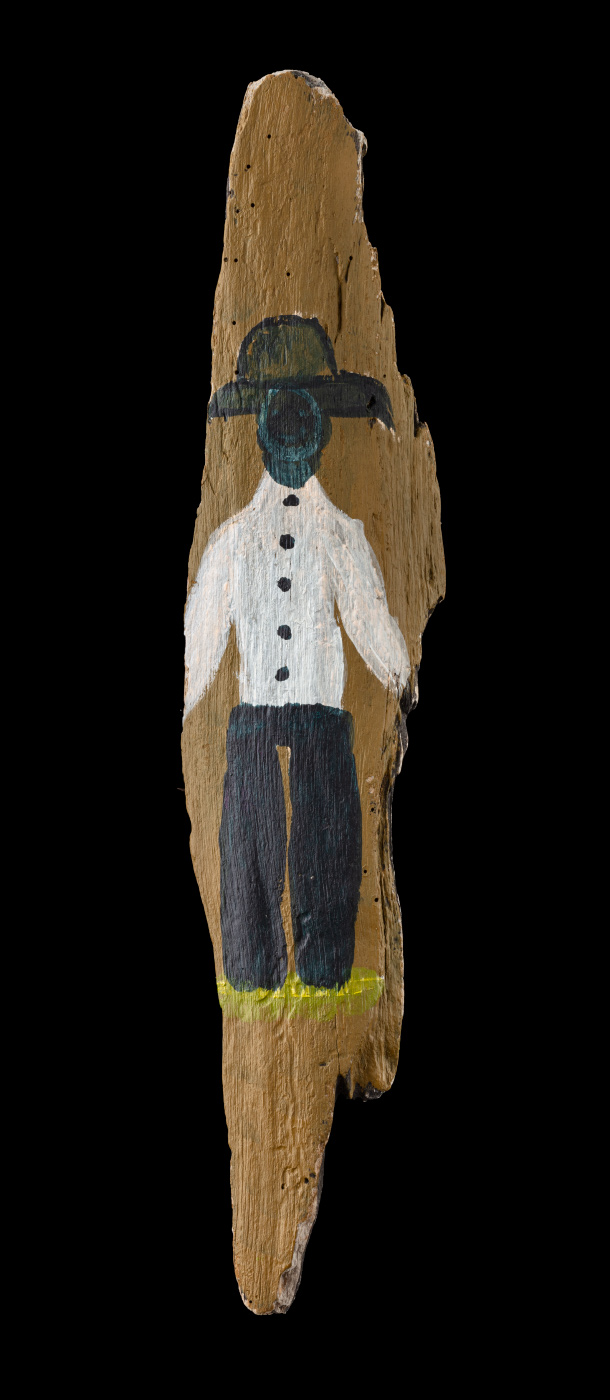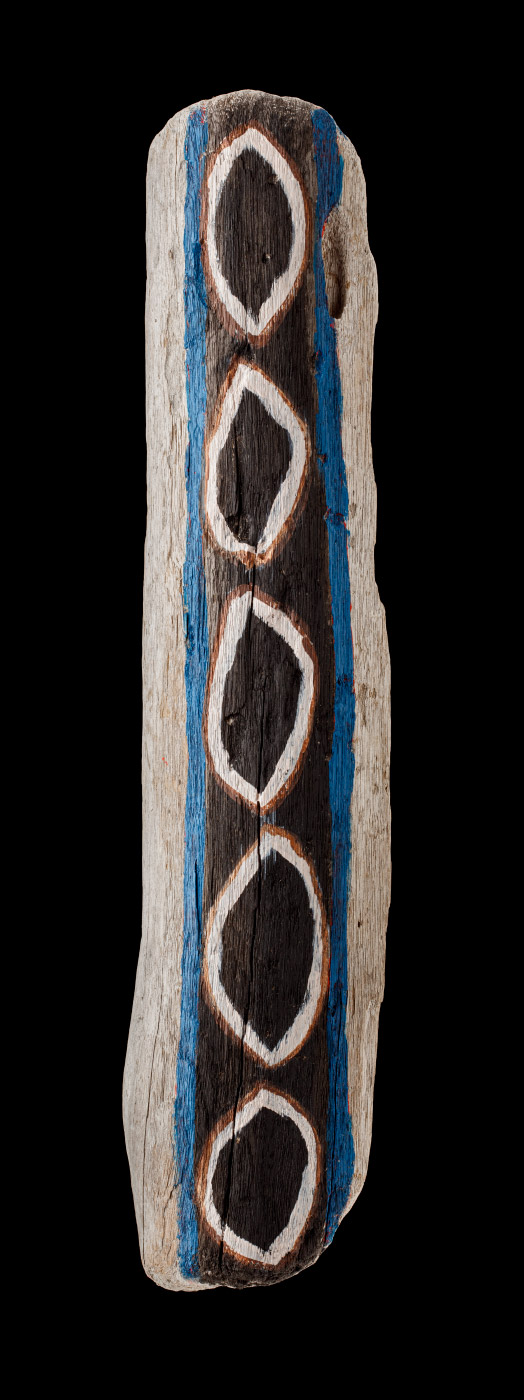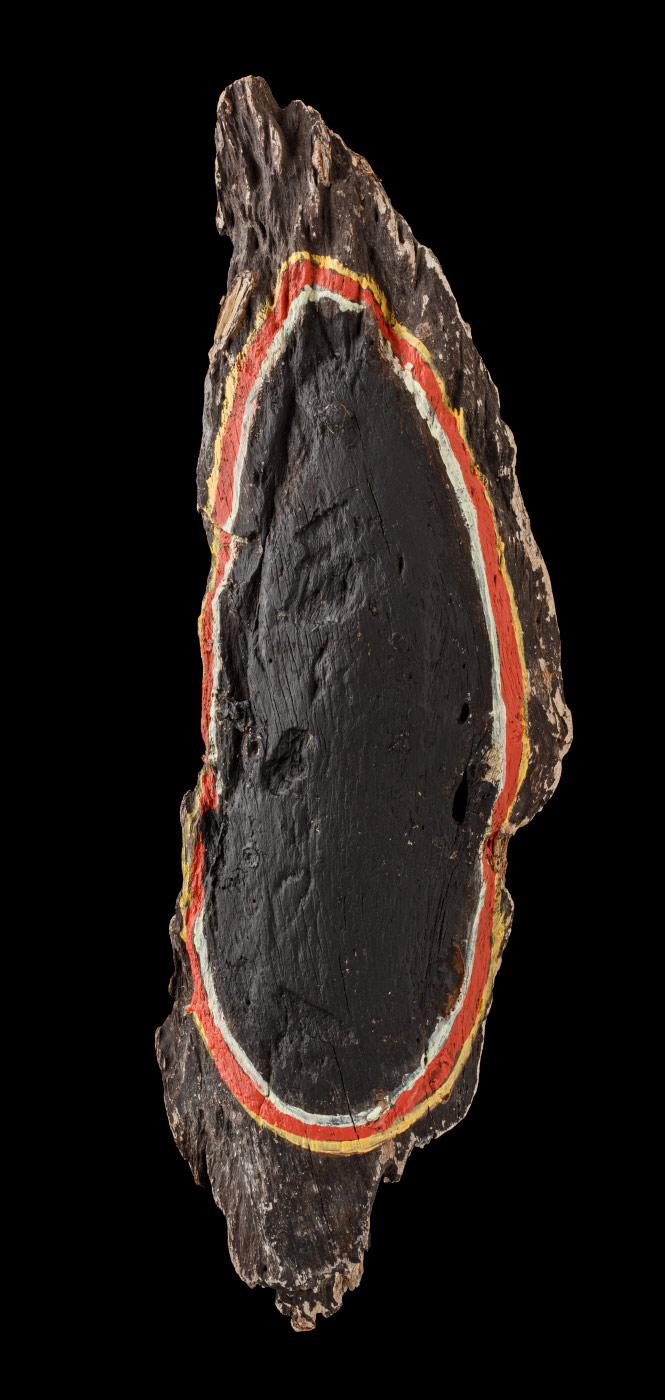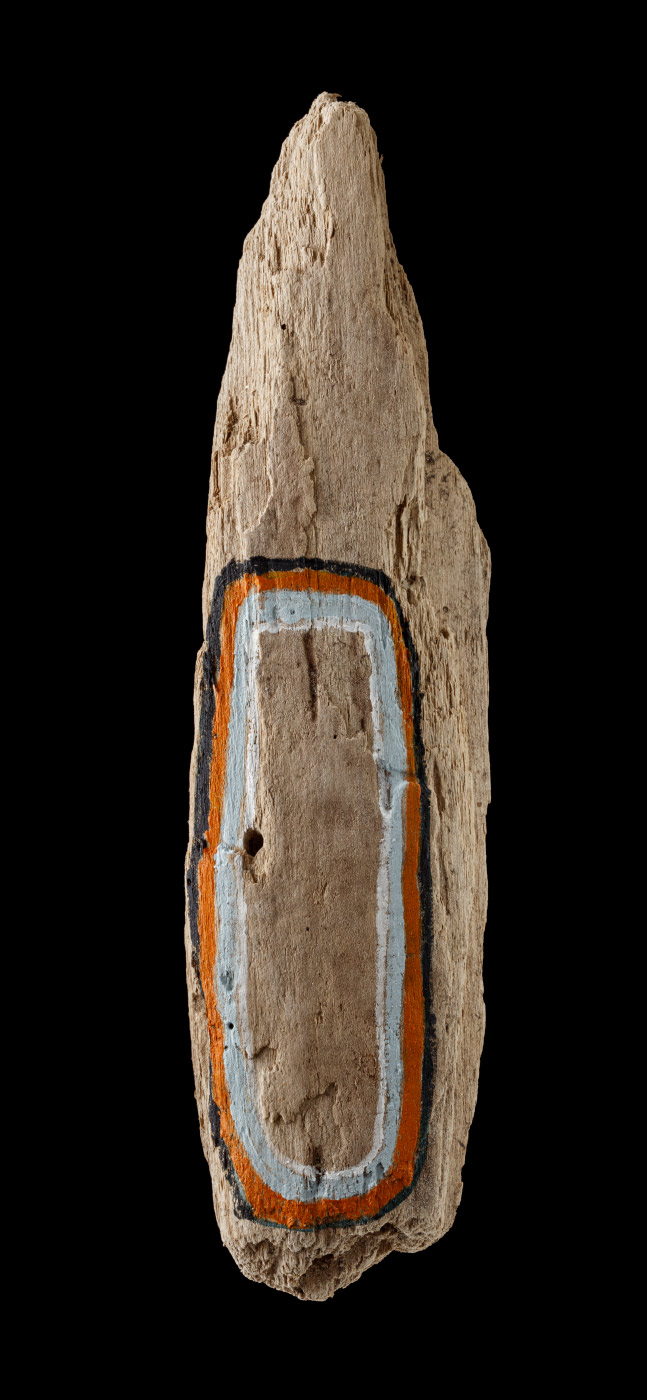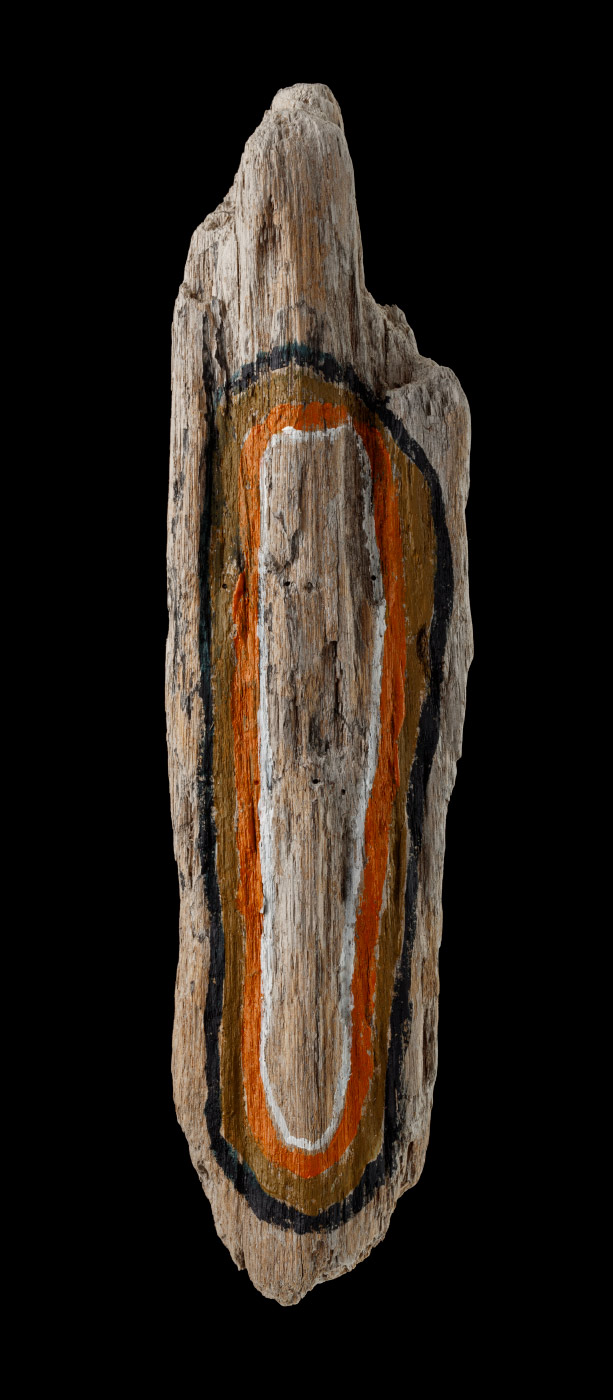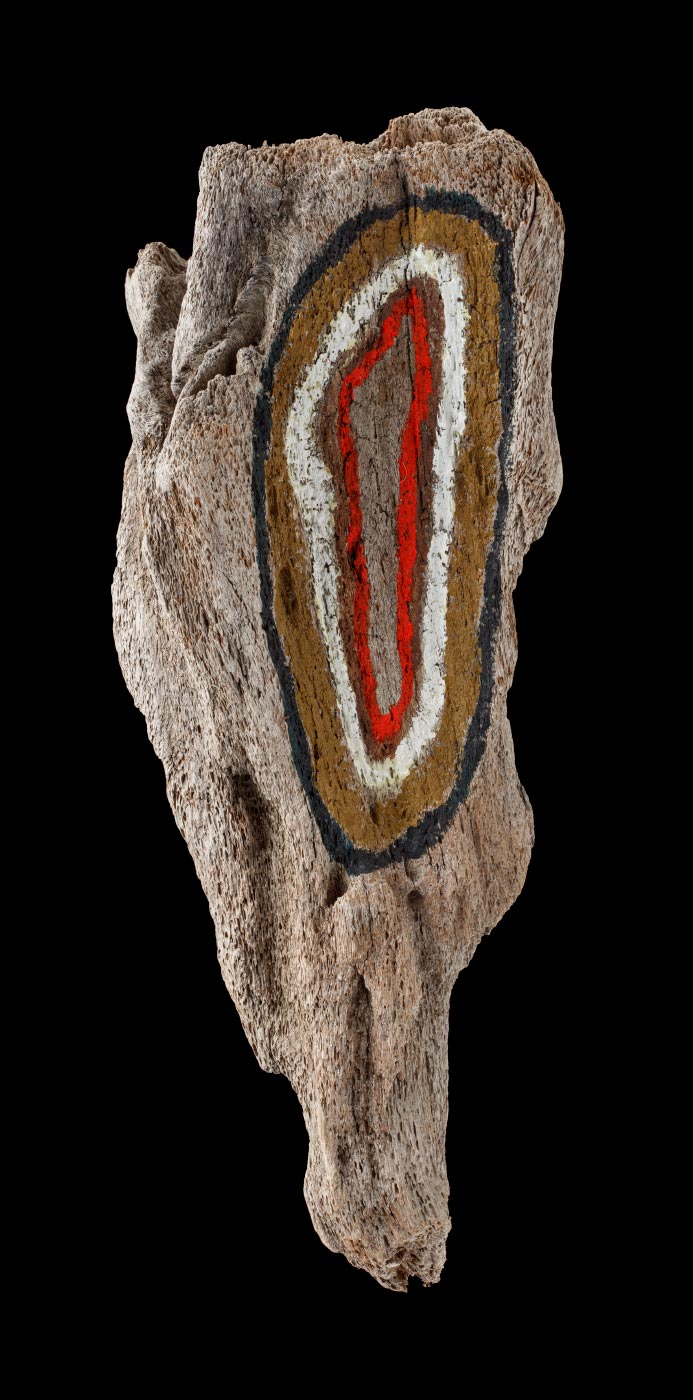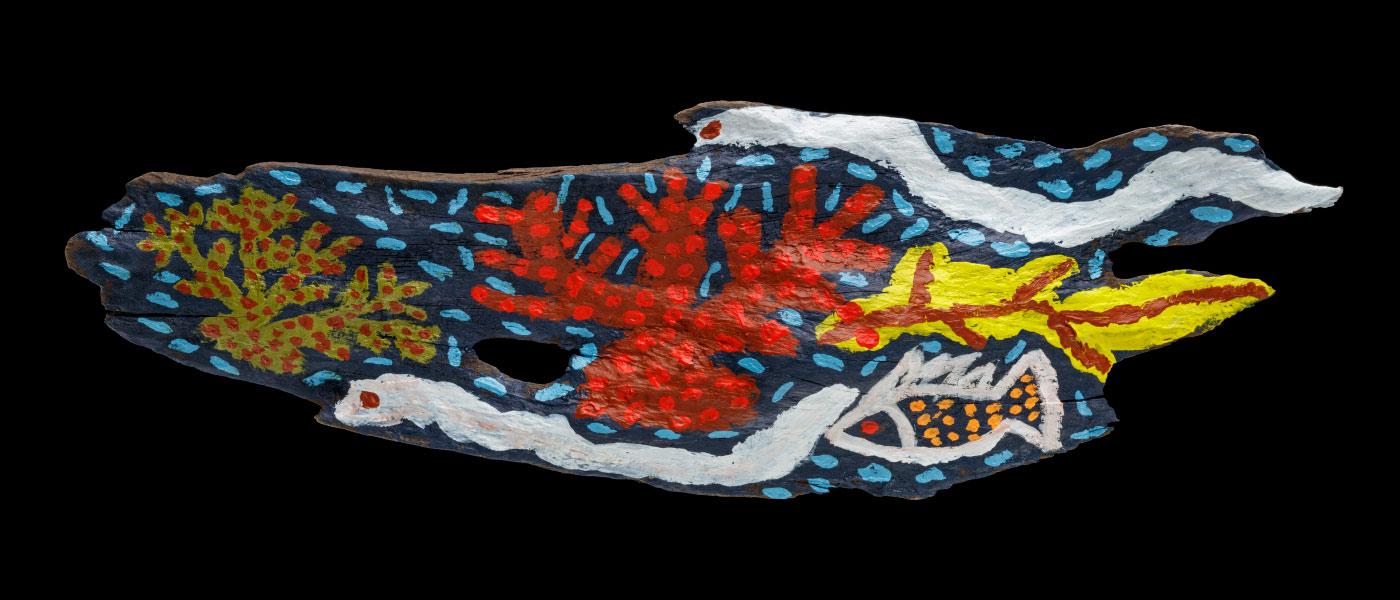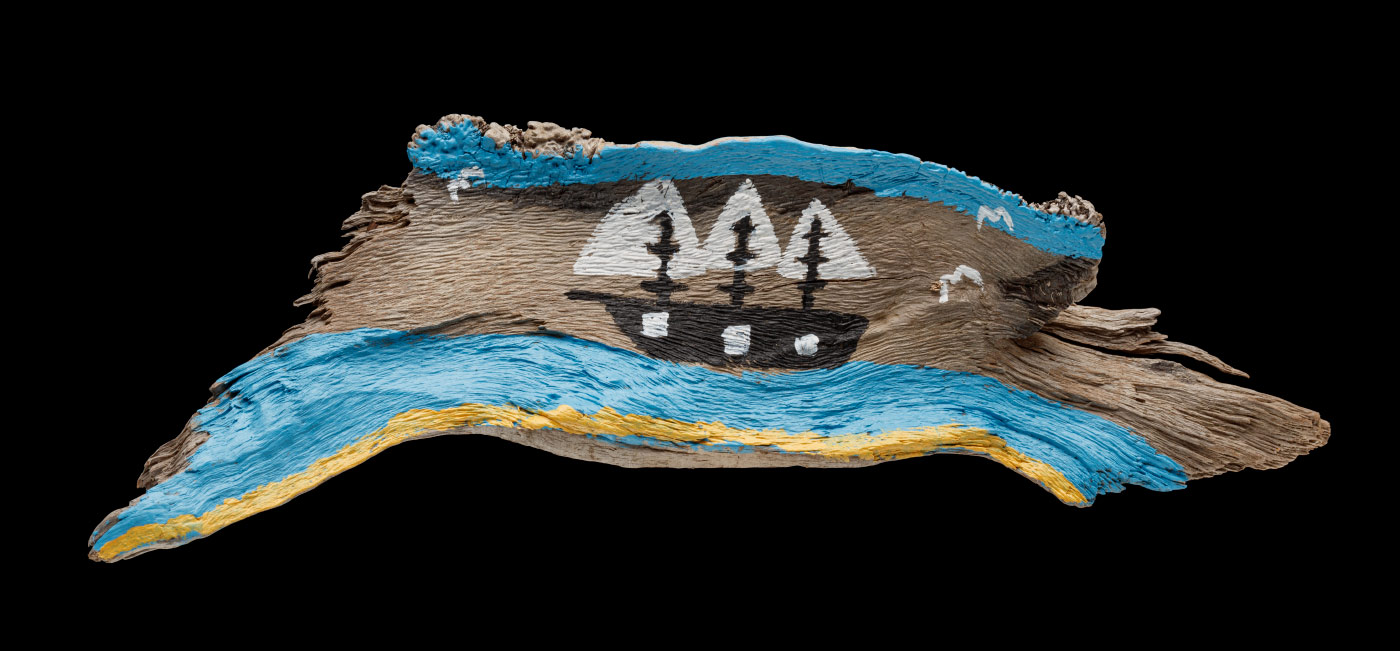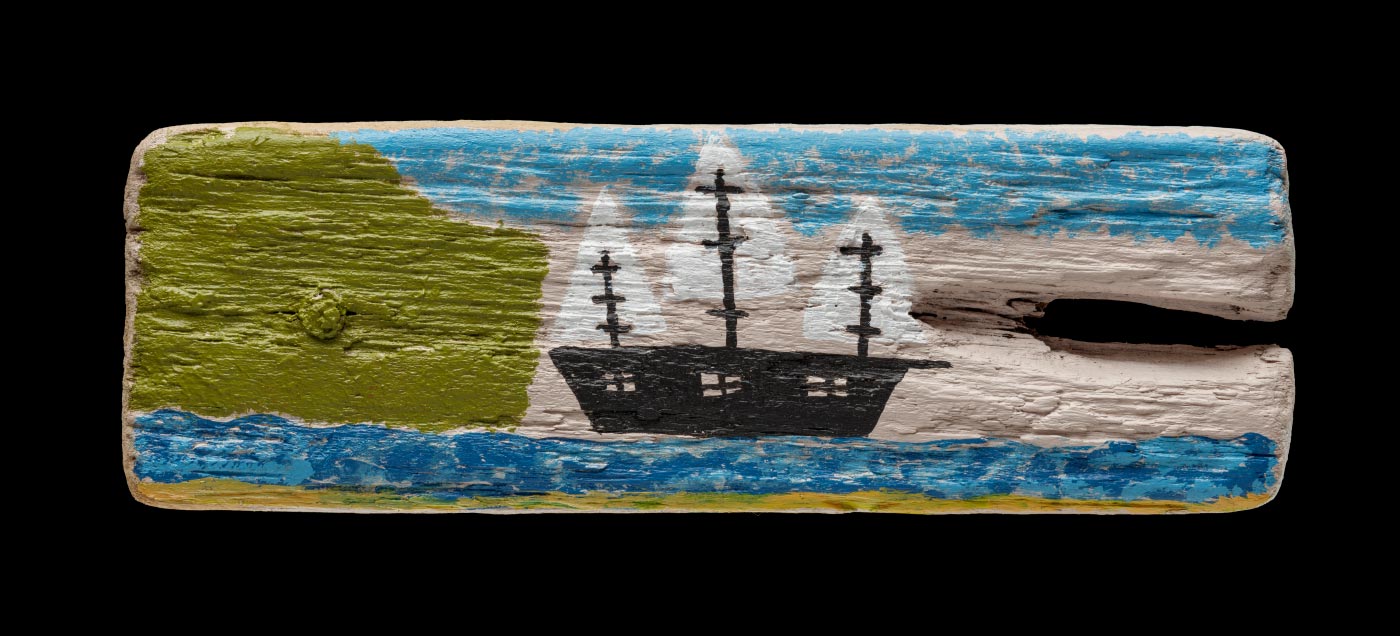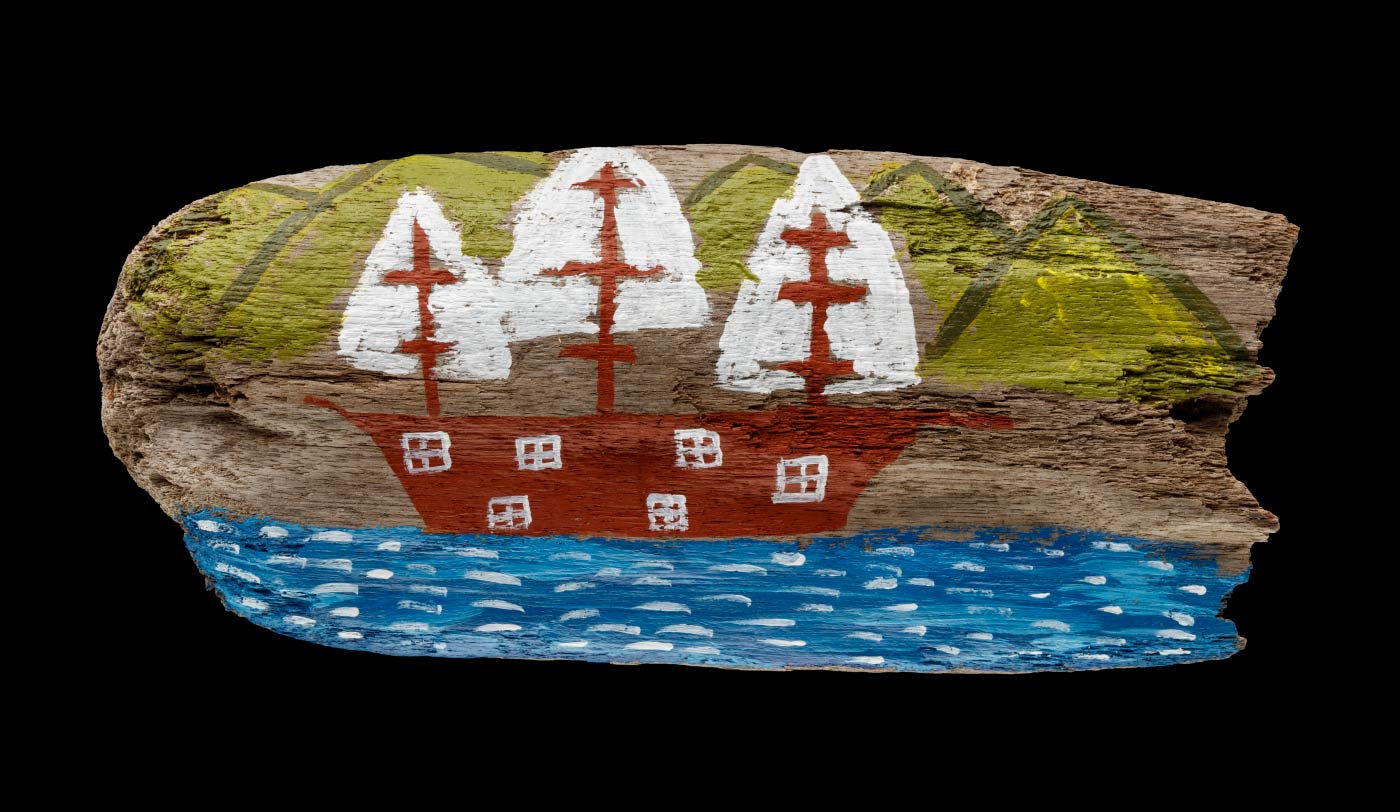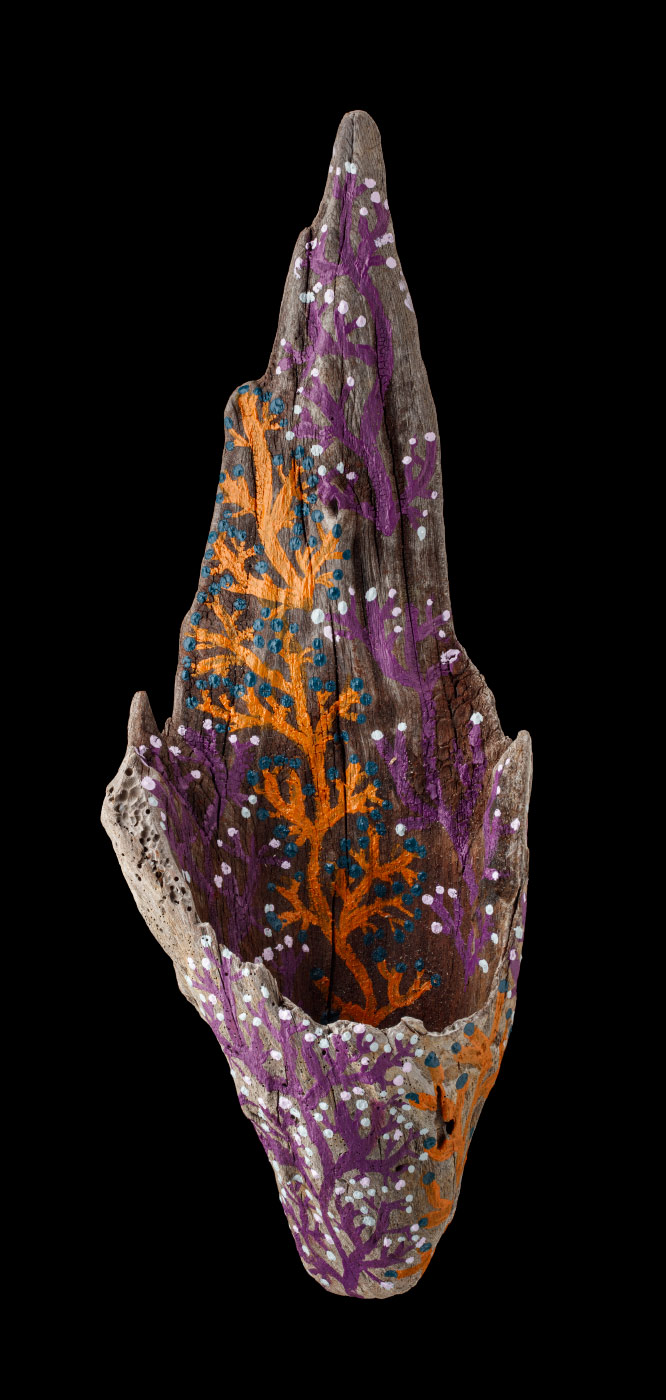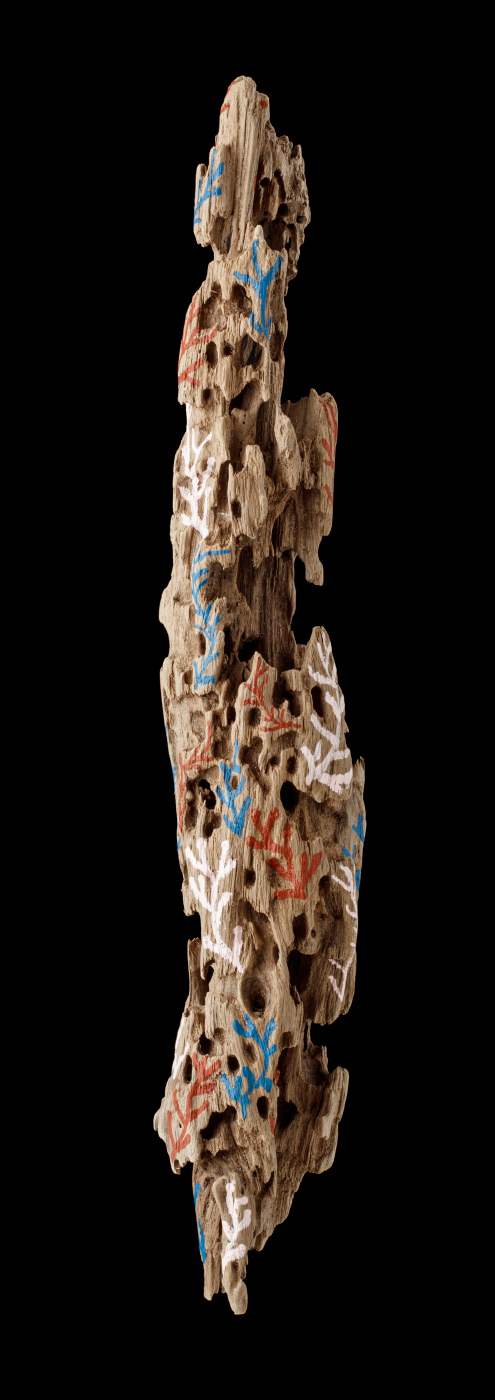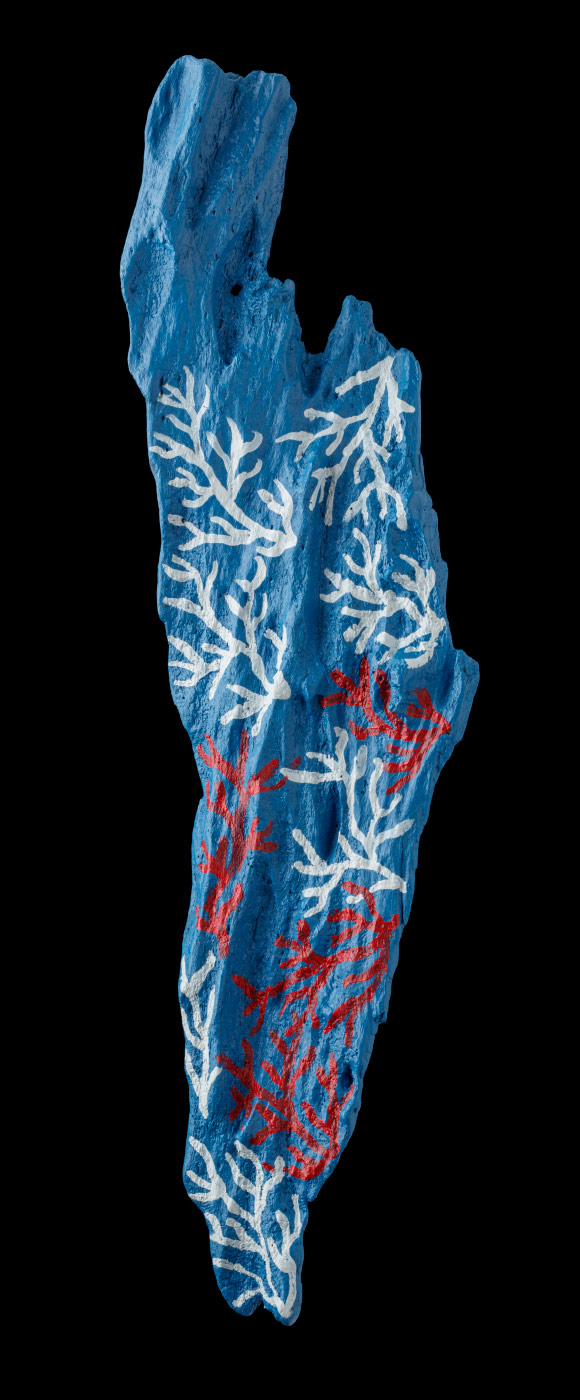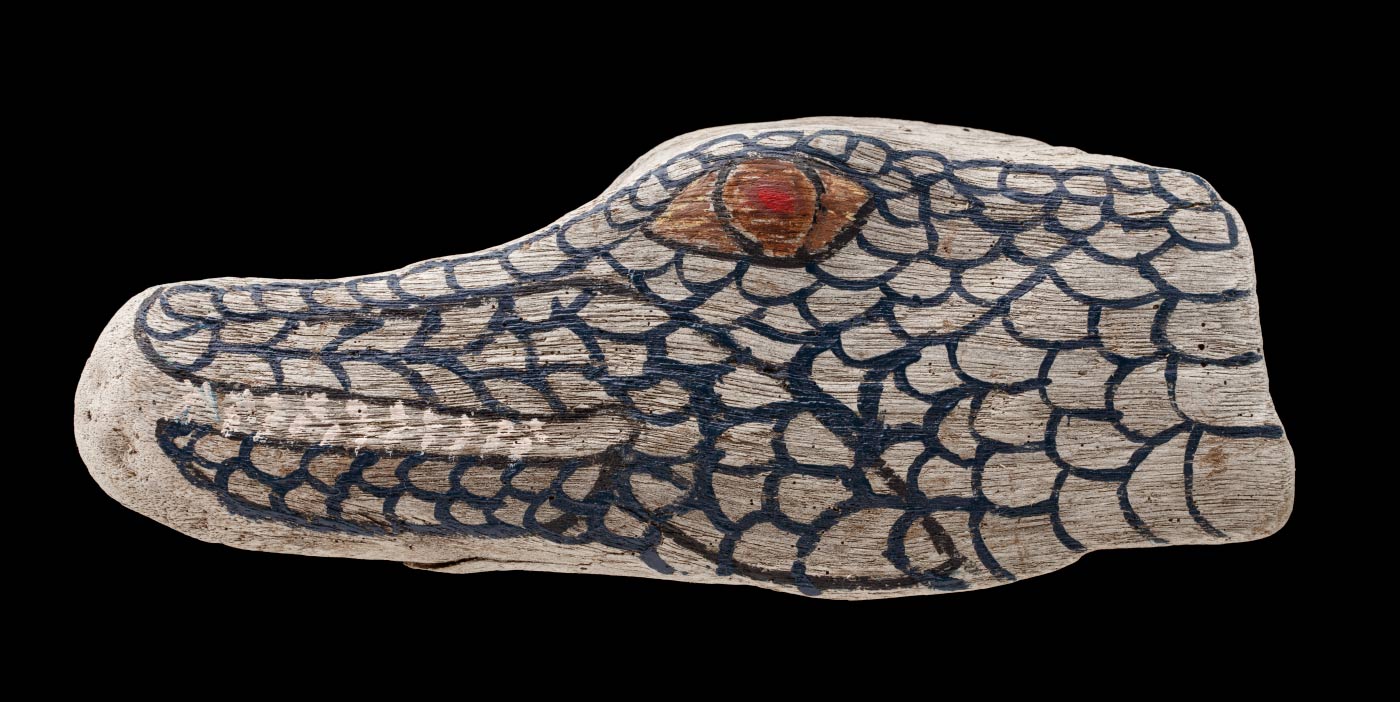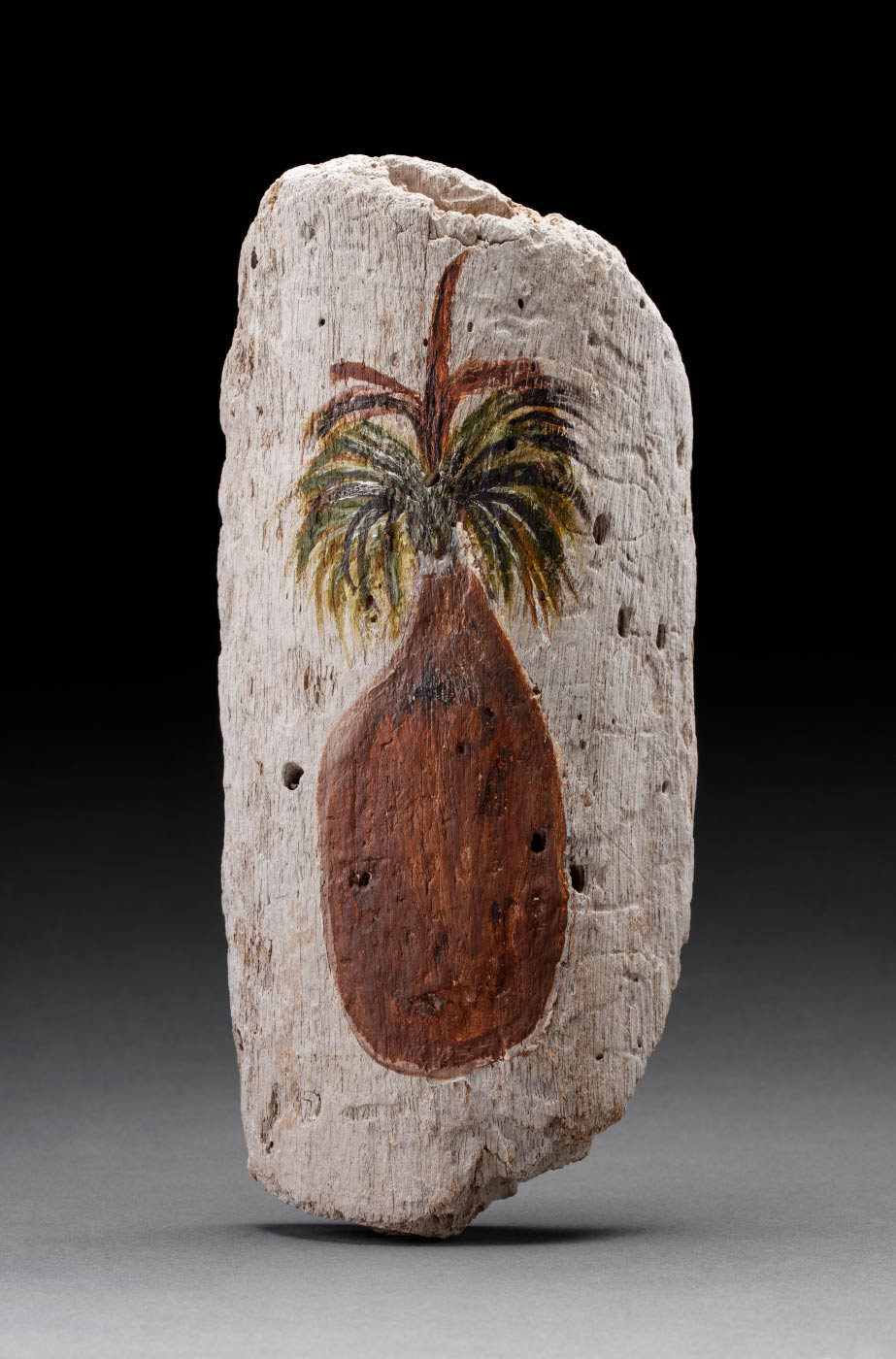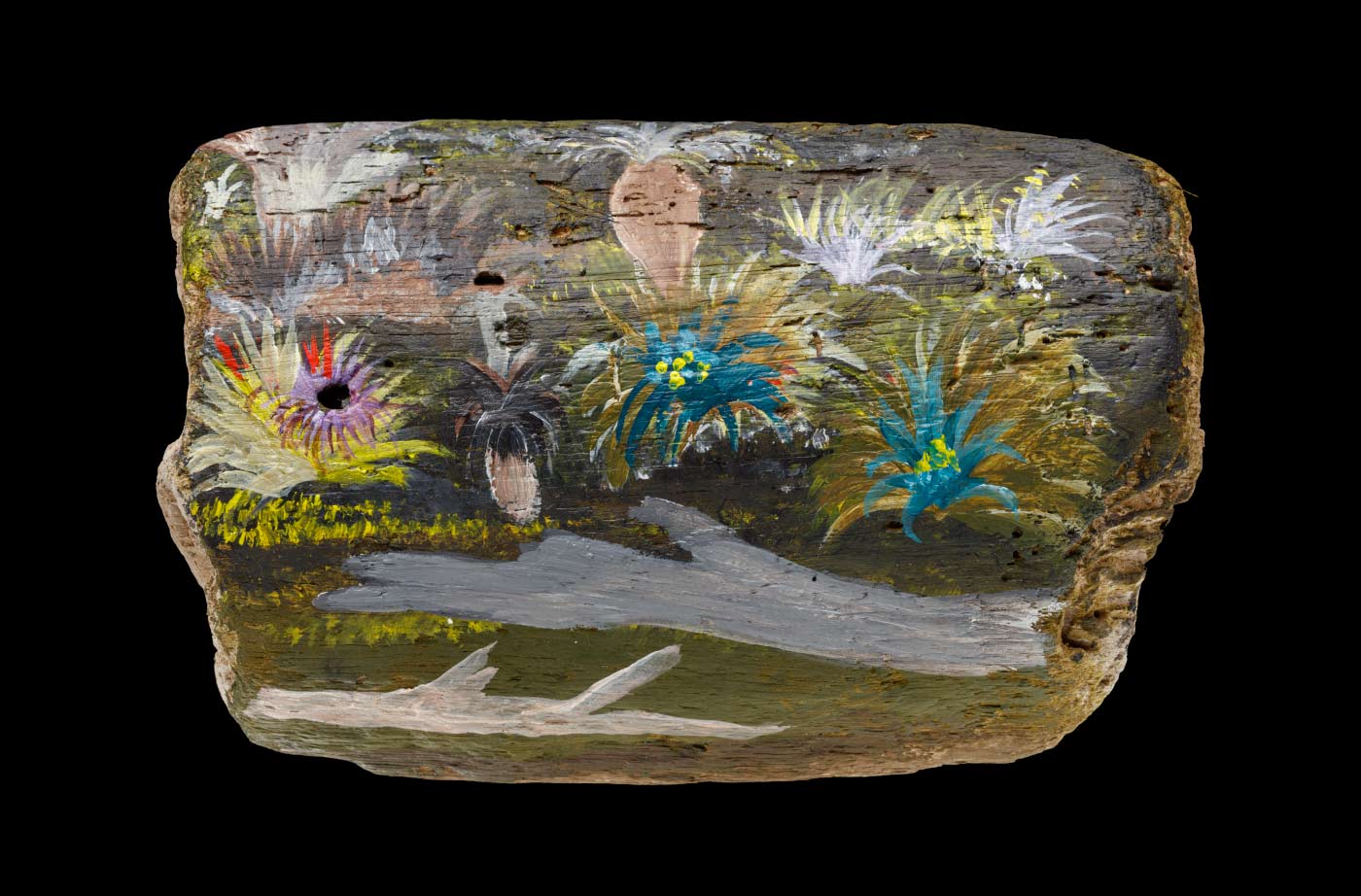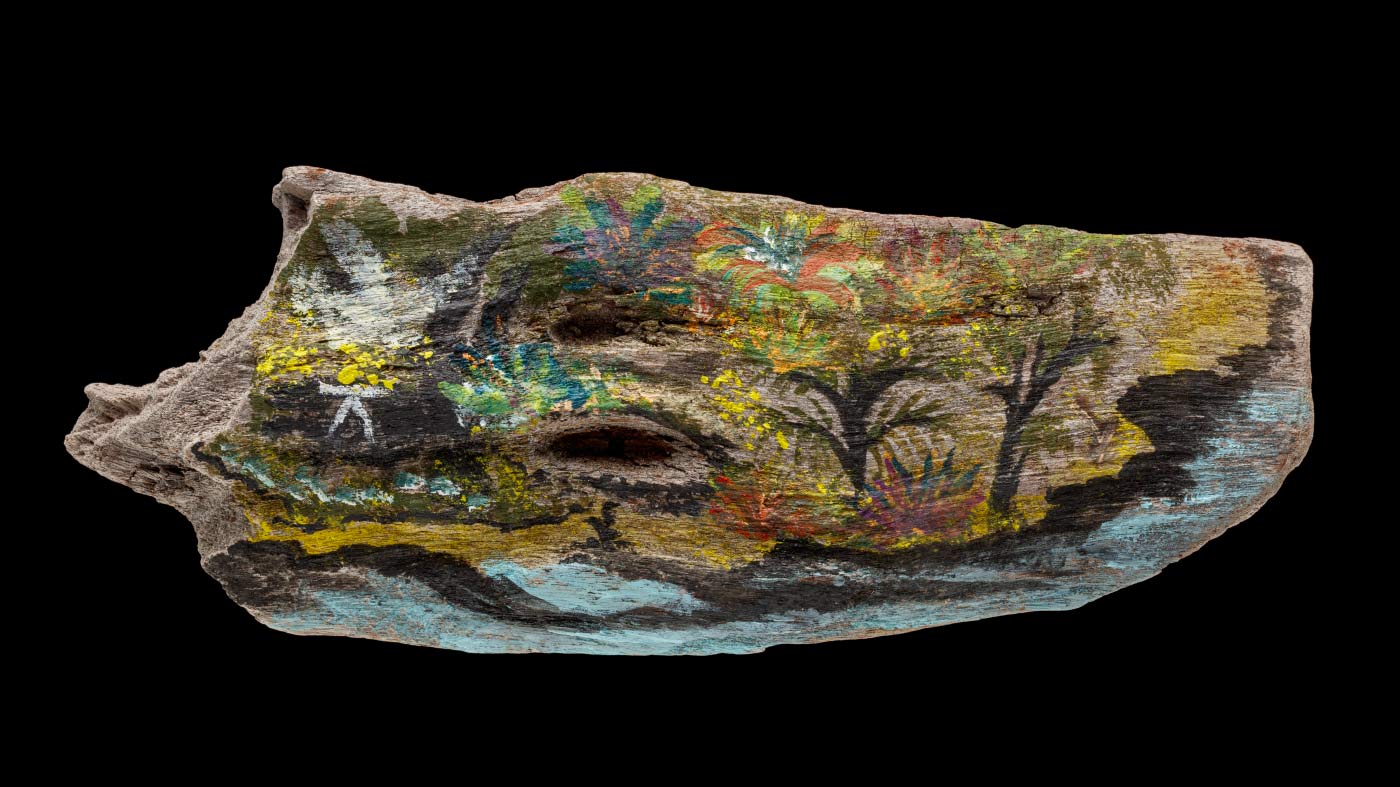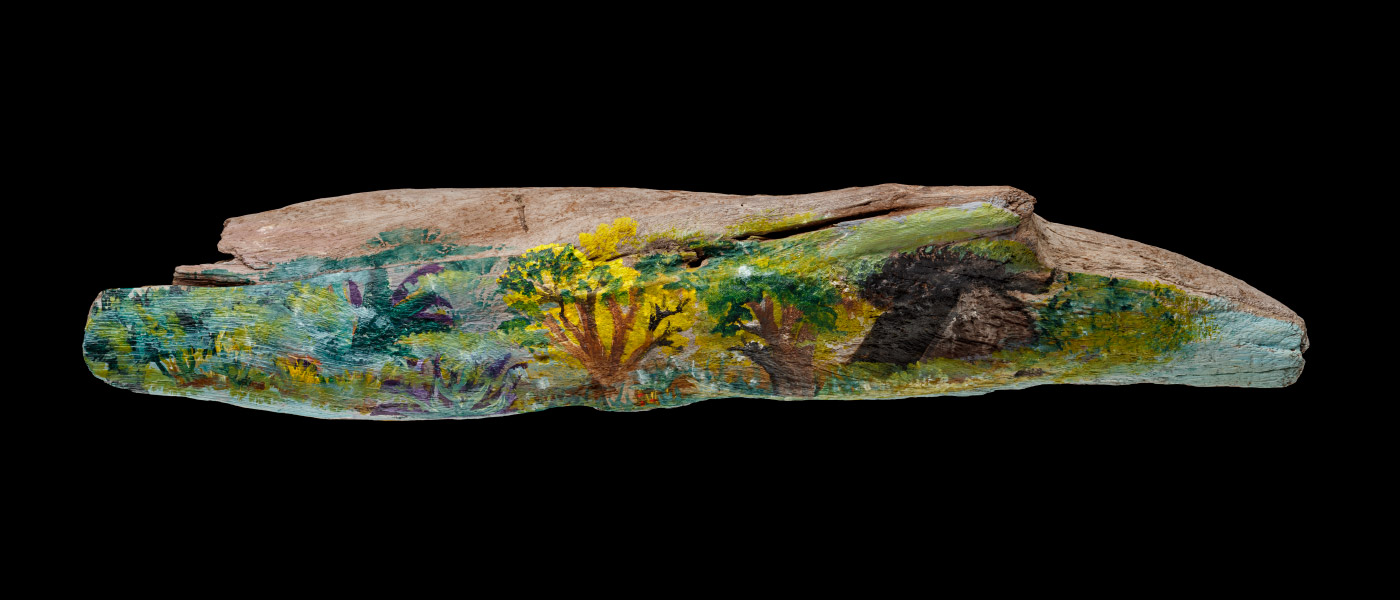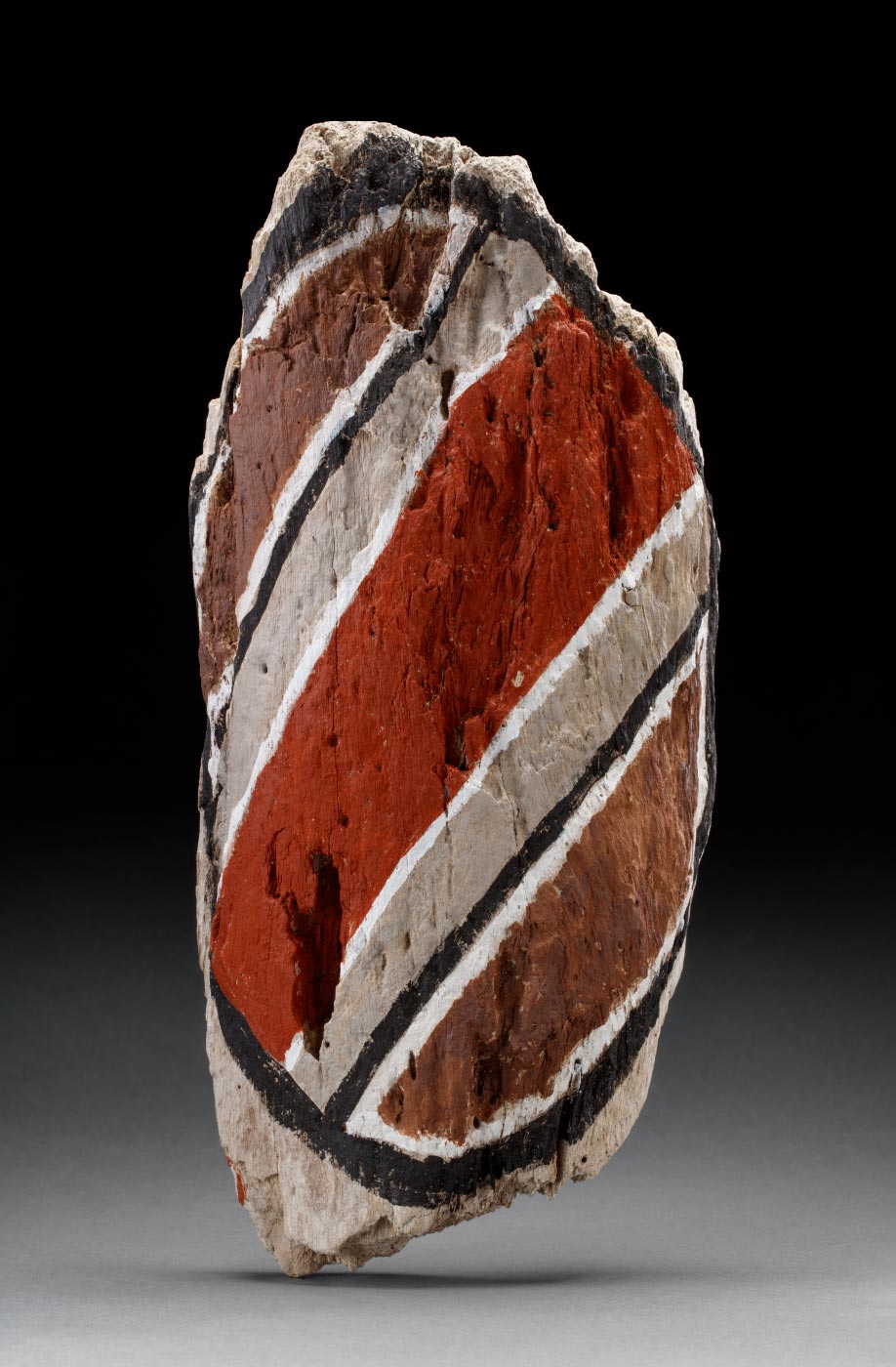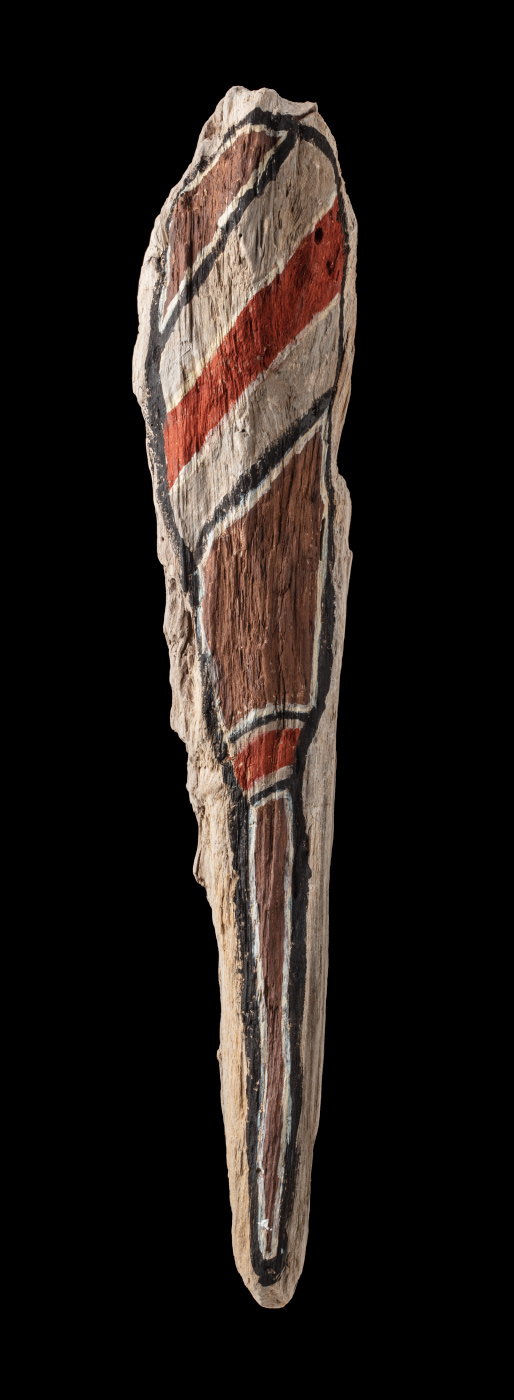15°46’1” South 145°3’49” East
By early June 1770, the Endeavour was sailing through the treacherous Great Barrier Reef. Despite Cook’s precautions, just before midnight on 11 June 1770 the Endeavour hit a reef and stuck fast.
This was a critical moment in the Endeavour’s voyage. As the ship began filling with water, the work of those on board was at risk. All of Cook’s maps and charts, Banks’s botanical specimens and drawings, the descriptions of new lands and people — faced a watery grave, never to reach England.
The history of Australia would have been very different if the Endeavour had not been freed from the reef.
Alarming news
Joseph Banks, 10 June 1770:
Scarce were we warm in our beds when we were calld up with the alarming news of the ship being fast ashore upon a rock ...
As the ship began filling with water, Cook ordered his men to lighten the load by throwing things overboard. This included ballast and six of the ship’s cast-iron cannons. The exhausted crew spent the next 24 hours working nonstop to keep the ship afloat.
James Cook, 11 June 1770:
We went to work to lighten her as fast as possible which seem'd to be the only means we had left to get her off as we … threw'd over board our guns Iron and stone ballast, Casks, Hoops staves oyle Jars, decay'd stores &Ca ...
Fothering
To seal the hole, Cook used the fothering technique.
James Cook, 13 June 1770:
We mix ockam & wool together … and chop it up small and then stick it loosly by hand fulls all over the sail and throw over it sheeps dung or other filth ... the sail thus prepared is hauld under the Ships bottom by ropes … while the sail is under the Ship the ockam &Ca is washed off and part of it carried along with the water into the leak and in part stops up the hole.
The cannons
Crusted with coral
In 1969, six of the cannons that Cook had cast overboard were retrieved by a team sponsored by the American Academy of Natural Sciences, exactly at the location where the Endeavour had hit the reef.
The cannons were so crusted with coral they were difficult to recognise. The wooden carriages had rotted away and all that remained were the cast iron cannons.
Weary Bay — Another side of the Endeavour story
After getting off the reef, the Endeavour limped along the coast looking for a safe harbour to carry out repairs.
James Cook, 14 June 1770:
At 3 oClock saw an opening that had the appearance of a harbour. Stood off and on while the boats were examining it who found that there was not a sufficient depth of water for the Ship ...
Unfortunately this opening was too shallow for the Endeavour to enter. Cook recorded it on his charts as Weary Bay, a reference to the state of his exhausted crew.
At Wujal Wujal, near Weary Bay, Indigenous artists responded to the 250th anniversary of the Endeavour’s voyage by thinking about the ship hitting the reef, and what happened to the things thrown overboard.
Betty Syke, 2019:
Cook’s ship hit the karrangkal (reef) now known as Endeavour Reef at Weary Bay. Bits of damaged coral would have washed up on the beach along with bits of the ship.
Were these things found by their ancestors? What would they have thought about these things from the ship? Would they have been of any use to them?
Bana Yirriji Artist Group Statement, 2019:
Captain Cook’s ship, the Endeavour, smashed on the reef off Weary Bay. That ship was very badly damaged. They were sinking quickly. Cook and his crew had to throw their barrels of grog, food, guns, cannons and clothes overboard. Some things would have sunk to the bottom of the reef, but some things would have washed up on the Weary Bay shore.
We collected pieces of driftwood found on the Weary Bay beach. Most of it comes from the rainforest trees but perhaps some of the pieces come from the Endeavour ship’s wooden hull [Laughter]? We are painting our Bama stories on the bits of driftwood. We want Australians and the rest of the world to hear the other side of the Captain Cook story.
Some of these works are on show in the Endeavour Voyage exhibition.
Lila Creek
Sonya Creek
Daniel Gordon
Anne Nunn
Josie Olbar
Shanna Olbar
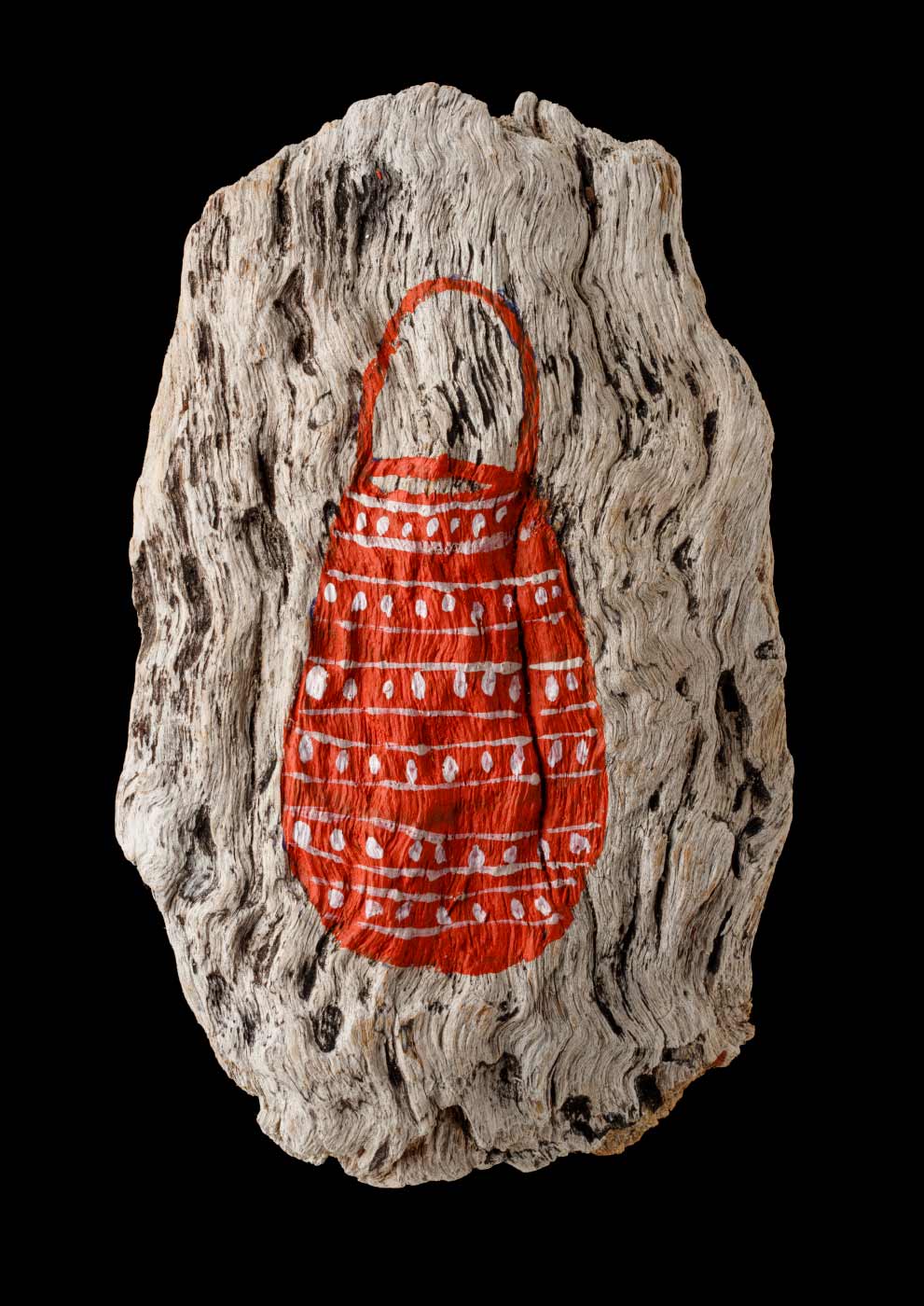
Balji (dillybag) by Shanna Olbar
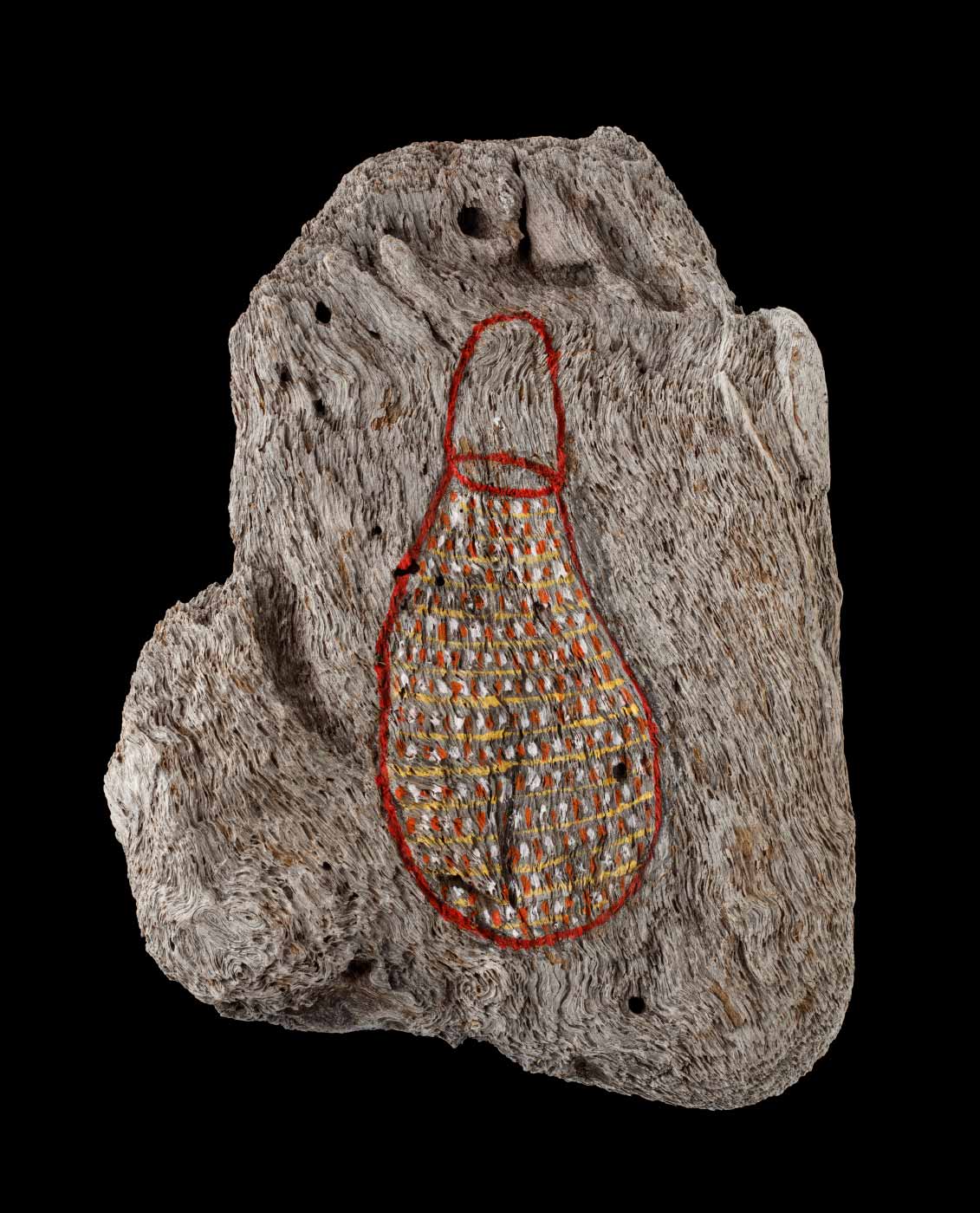
Balji (dillybag) by Shanna Olbar
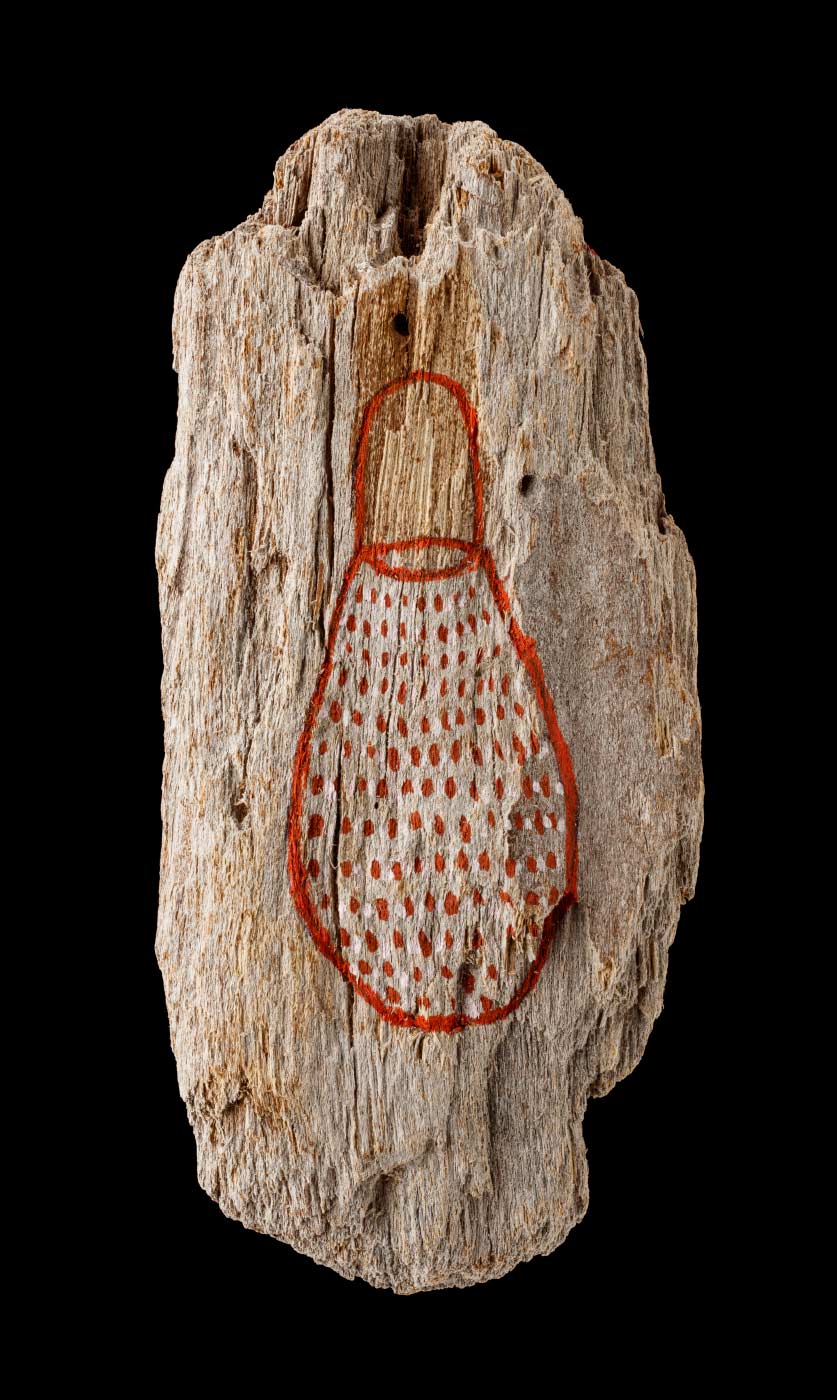
Balji (dillybag) by Shanna Olbar
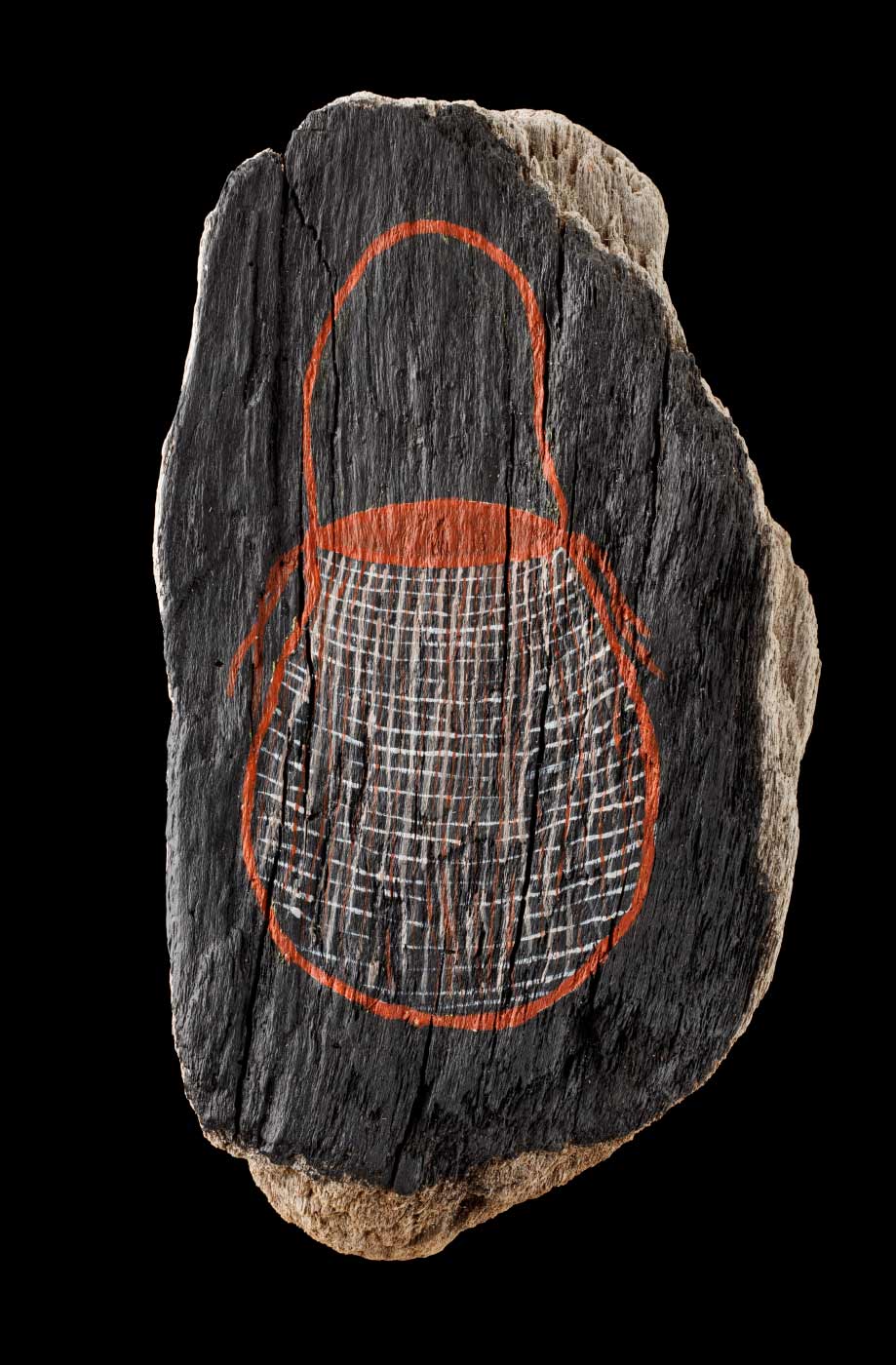
Balji (dillybag) by Shanna Olbar
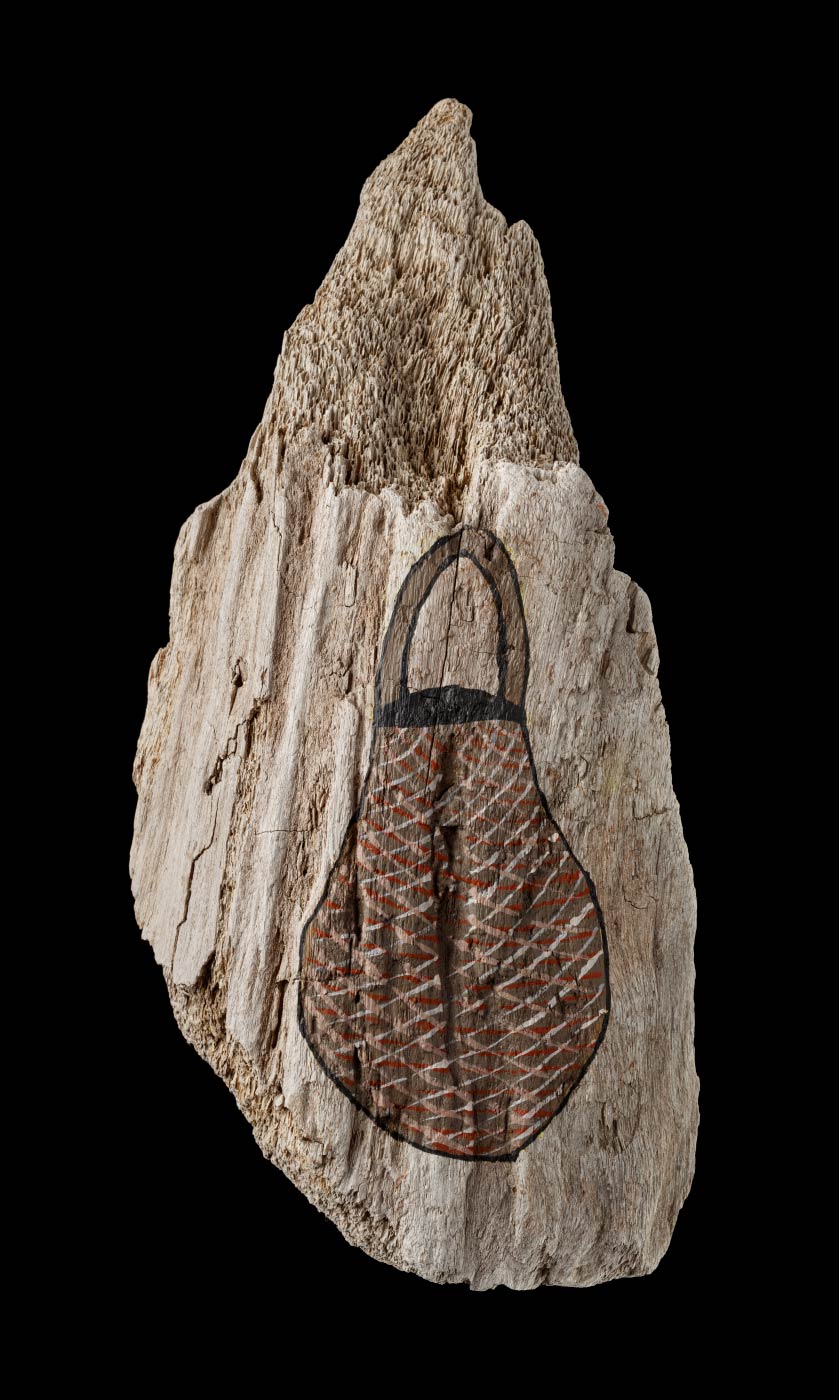
Balji (dillybag) by Shanna Olbar
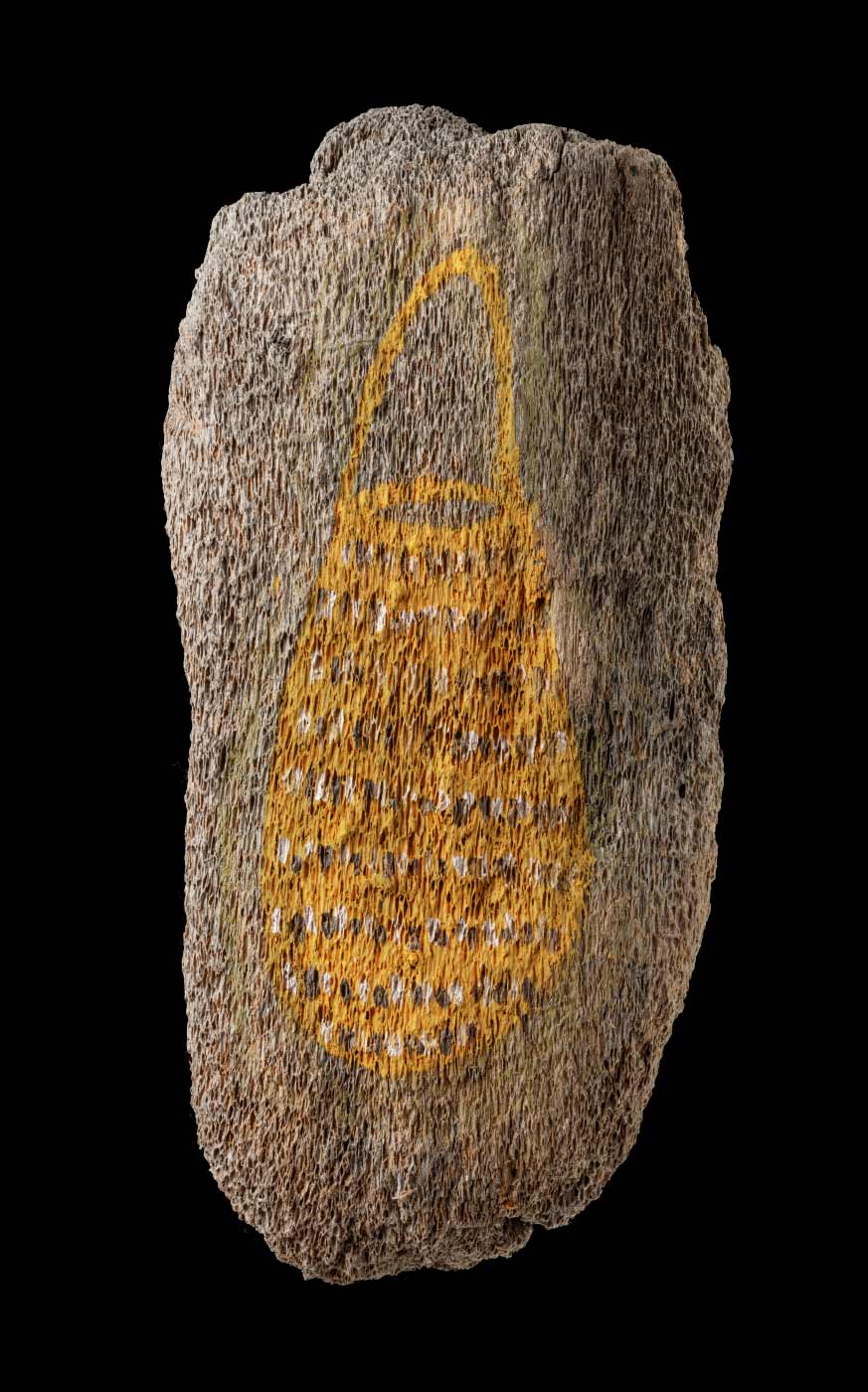
Balji (dillybag) by Shanna Olbar
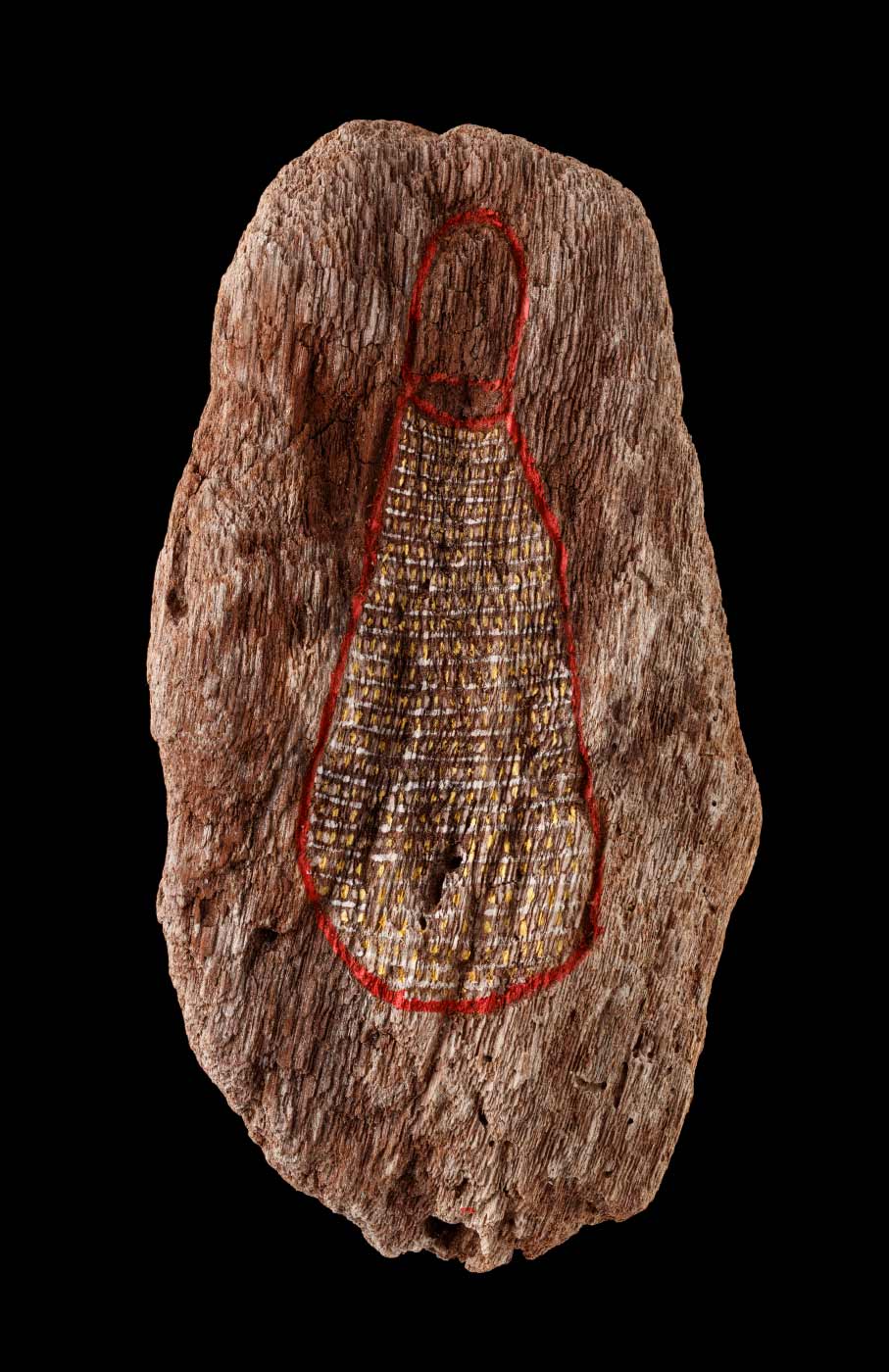
Balji (dillybag) by Shanna Olbar
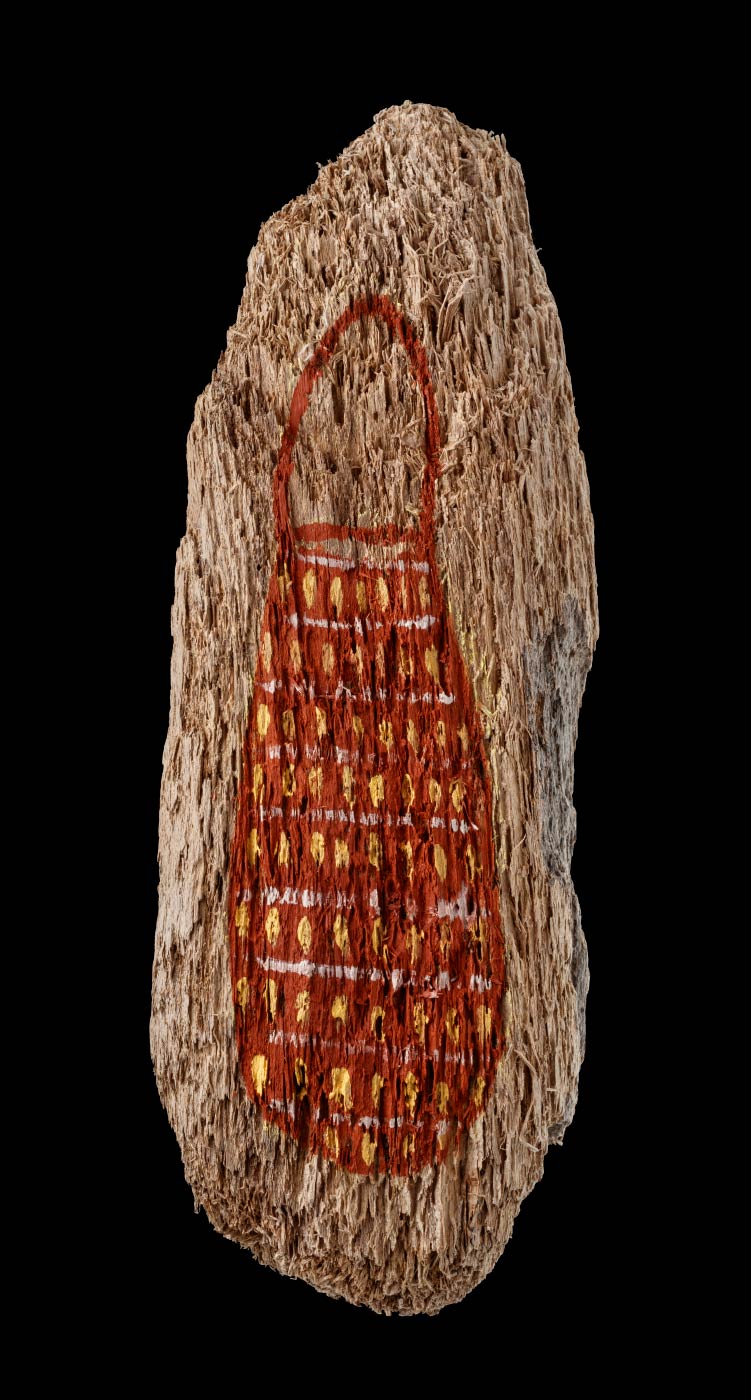
Balji (dillybag) by Shanna Olbar
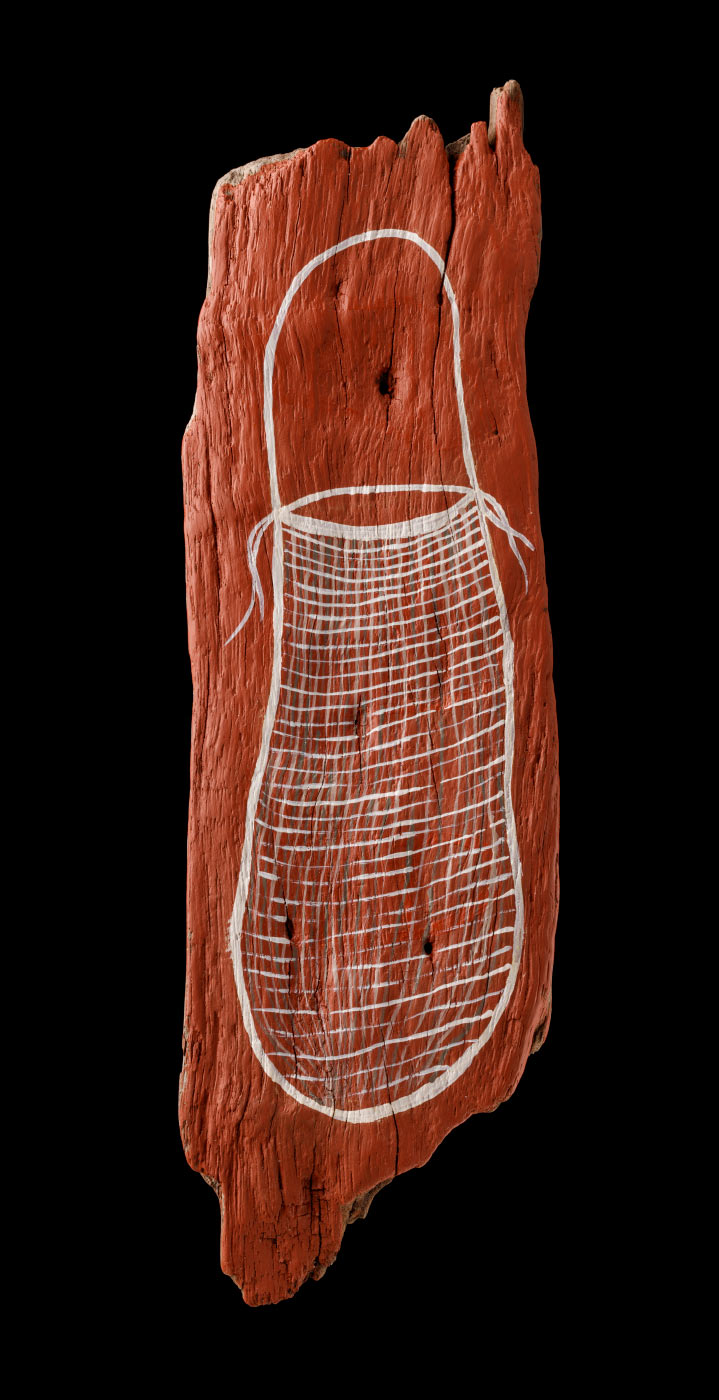
Balji (dillybag) by Shanna Olbar
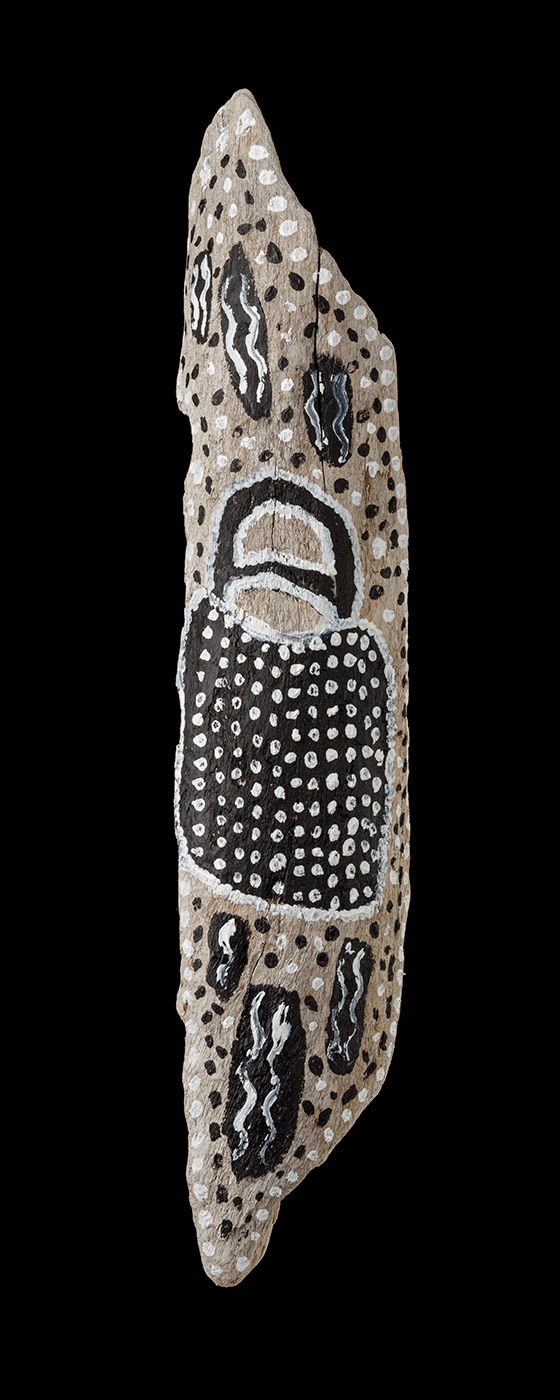
Balji (dillybag) by Shanna Olbar
Lenice Rocky
Betty Sykes
Dianne Winkle
Education resources
These resources cater for students in Years 3 to 6 and all activities align with the Australian Curriculum. Years 3 and 4 align with the history content and Years 3 to 6 align with the cross-curriculum priority of Aboriginal and Torres Strait Islander Histories and Cultures.
